The Overwhelmed Person’s Guide to a Capsule Wardrobe That Actually Works
For years, I’ve been inside hundreds of closets, and the story is almost always the same. I’m standing in front of a wardrobe that’s bursting at the seams, and the owner looks at me with pure frustration and says, “I have nothing to wear.” If this sounds familiar, I want you to know it’s not a personal failing. It’s just what happens after years of tiny, impulsive buys pile up.
In this article
My job isn’t just about making things look pretty; it’s about bringing calm and control to a daily routine that, for a lot of people, is a major source of stress.
Let’s get one thing straight: a capsule wardrobe isn’t about owning three black t-shirts and calling it a day. It’s a smart, intentional way to build a collection of clothes you genuinely love and feel amazing in. Instead of just reacting to sales and trends, you become the designer of your own style. This process saves you time every morning, cuts down on stress, and, honestly, saves you a ton of money in the long run by stopping that endless cycle of buying stuff you never wear. What I’m sharing here is the exact, hands-on method I use to help people completely change their relationship with their clothes.
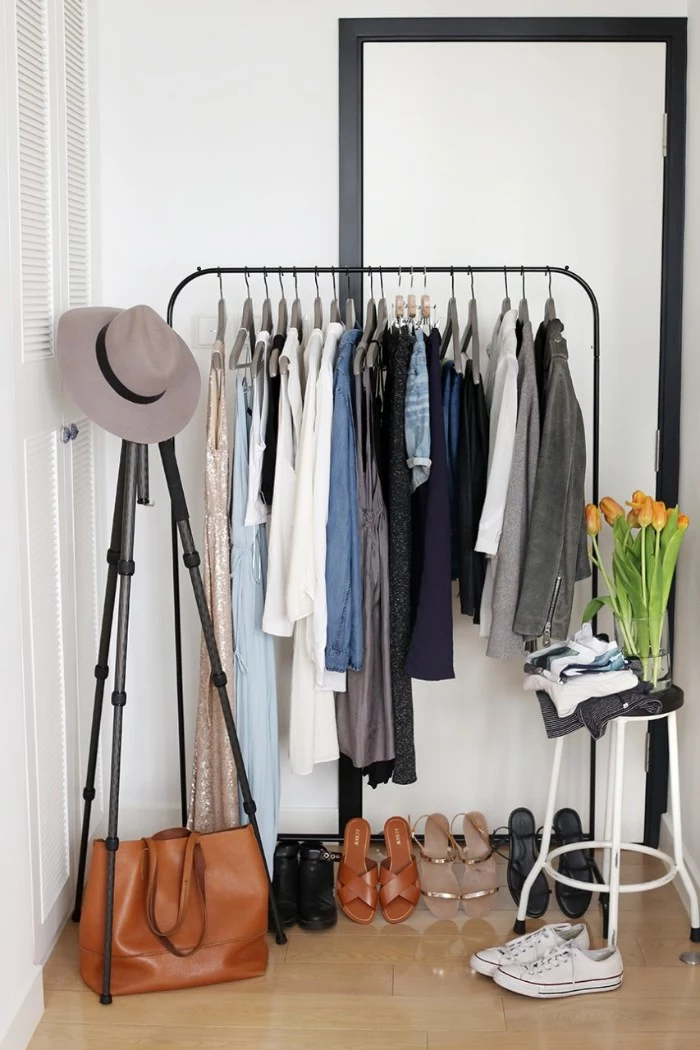
So, What’s the Real Problem Here?
That feeling of having a closet full of clothes but zero outfits? It’s a classic symptom of decision fatigue. Think about it: every morning, you’re faced with dozens, maybe hundreds, of choices. Most are wrong for the weather, your schedule, or just how you feel that day. It’s mentally draining before you’ve even had your coffee.
A cluttered closet is basically a visual to-do list of bad decisions, and it creates this low-level hum of anxiety.
The solution is to cut down on the number of choices by making sure every single item in your closet is a winner. A capsule wardrobe works because it’s a system where every piece is chosen to go with several other pieces. Getting dressed becomes a simple exercise of combining great options, not a desperate hunt for one wearable outfit in a sea of “what was I thinking?”
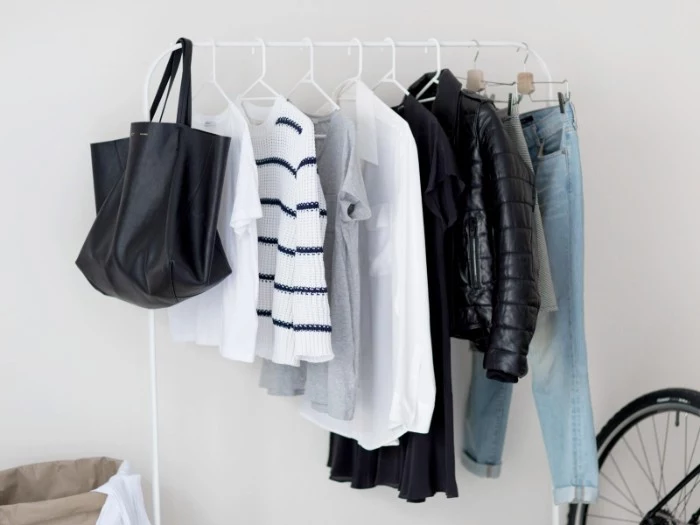
The Foundation: Learning to Feel Quality
Before we even think about tossing anything, we need to talk about fabric. This is where most people go wrong. They focus on brand names instead of what the clothes are actually made of. A well-made garment from a lesser-known maker will always, always outlast a poorly made piece with a fancy label. The first thing I teach anyone is to trust your hands, not the marketing.
Natural Fibers: The Backbone of Your Wardrobe
Natural fibers are the workhorses. They breathe, they last, and they just feel better on your skin. Think of them as an investment that pays you back in comfort and durability.
- Cotton: Don’t just settle for “100% cotton.” Look for specifics like Pima or Egyptian cotton, which have longer fibers that make them incredibly soft and durable. Here’s a quick test: hold a cheap t-shirt up to the light—see how thin it is? A quality one feels more substantial. You shouldn’t see right through it. For button-down shirts, you want a tight, even weave.
- Linen: The MVP of warm weather. Linen is super strong and breathable. Yes, it wrinkles, but that’s part of its charm. Good linen has a subtle sheen and gets softer every time you wash it. Stay away from thin, scratchy linen blends that feel brittle to the touch.
- Wool: Wool is a natural wonder. It regulates your temperature (keeps you warm when it’s cold and cool when it’s warm), resists wrinkles, and wicks away moisture. Merino wool is buttery soft and perfect for pieces you wear close to the skin, while sturdier wools are great for sweaters and coats. When you’re buying a coat, look for a high wool content—at least 80%—for real warmth. The material should feel dense and soft, not thin and scratchy.
- Cashmere: Oh, cashmere. It’s famous for softness, but the quality is all over the place. A good cashmere sweater is made with a two-ply yarn, meaning two threads are twisted together for strength. Single-ply knits will develop holes in no time. Gently stretch a small section of the sweater; if it snaps right back into shape, that’s a good sign. If it sags, it’s low-grade stuff.
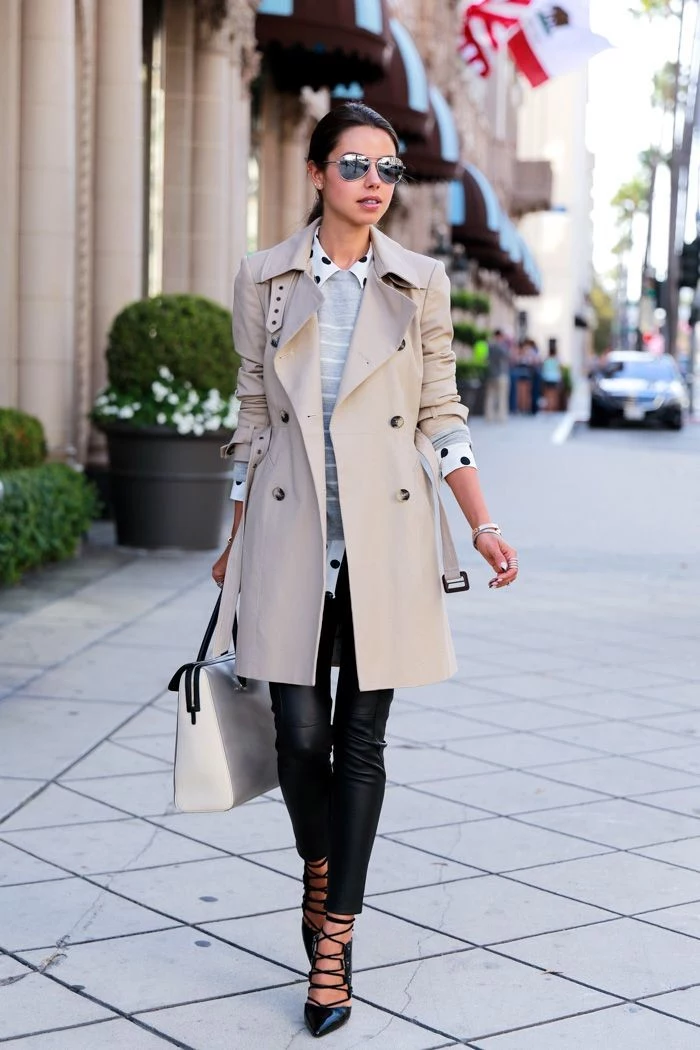
Synthetics: Use Them Wisely
Synthetics like polyester, acrylic, and nylon definitely have their place, especially in workout clothes or when blended with natural fibers for extra durability. But a 100% acrylic sweater will start pilling after a few wears and won’t keep you nearly as warm as wool. A cheap polyester top won’t breathe, which is a recipe for feeling clammy and uncomfortable. My rule of thumb? Prioritize natural fibers for anything that sits directly against your skin. The care tag inside a garment is like its little biography—it tells you the whole story of its quality and how its life will play out.
Part 1: The Great Wardrobe Audit
Okay, this is the most important step. It requires you to be honest and maybe a little ruthless. Block out a good three to four hours. Seriously. Put on some music, grab a coffee or a glass of wine, and get ready to make some decisions.
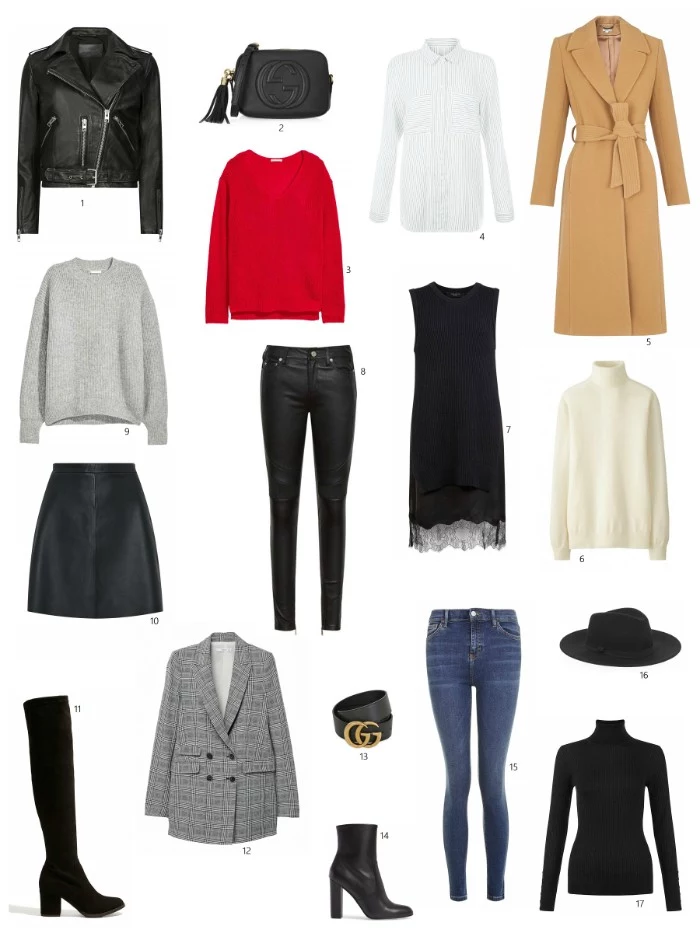
Heads up! Don’t have 4 hours? That’s fine. Try this 15-minute quick win: Go to your closet right now and pull out anything that’s visibly damaged, stained, or stretched out. Bag it up. Done. You’ve made progress.
The Setup
First, take EVERYTHING out of your closet. And your drawers. Yes, everything. Pile it all on your bed. Seeing the sheer volume in one place is a surprisingly powerful moment. Before you start sorting, give the empty closet and drawers a quick wipe-down. It feels like a true fresh start.
The Four-Category Sort
We’re going to do better than a simple “keep” or “toss” pile. We need more nuance. Get four boxes, bags, or just clear zones on your floor and label them:
- KEEP: This is for items you absolutely love, that fit you perfectly right now, and that suit your actual, current lifestyle.
- MEND/TAILOR: For great pieces that just need a little TLC—a missing button, a fallen hem, or something that needs to be taken in or let out.
- STORE: This is for two things only: truly sentimental items you can’t part with (like a wedding dress) and off-season clothing (like heavy winter coats in July). This is NOT a purgatory for things you can’t decide on.
- GO: Everything else goes in here. These are items you’ll sell, donate, or recycle.
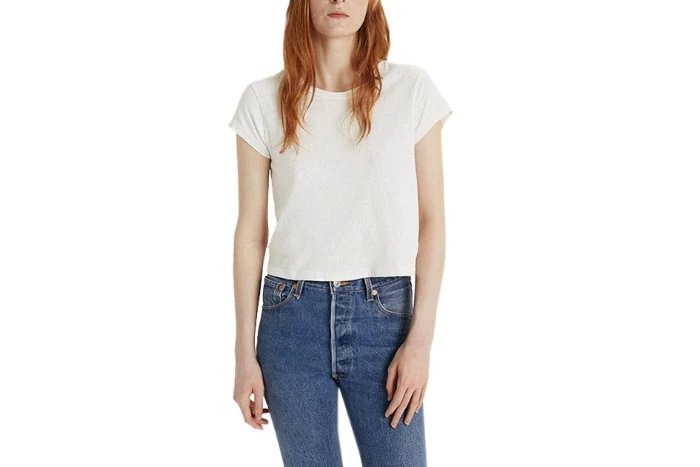
The Tough Questions for Every Single Item
Pick up one item at a time. Don’t rush. Ask yourself these questions with brutal honesty:
- Have I worn this in the last year? If not, there’s usually a pretty good reason.
- Does this fit my body today? Not the body you hope to have in six months. Not the body you had five years ago. Today. A piece of clothing that doesn’t fit is just clutter with a high emotional price tag.
- Is it comfortable? Or do you find yourself constantly pulling and adjusting it? If it’s scratchy, too tight, or stiff, it’s out. Comfort is a huge part of feeling confident.
- Does this feel like me? We outgrow styles just like we outgrow hobbies. It’s okay to let go of the person you used to be.
- Is it in good shape? Be on the lookout for pilling, stains, stretched-out elastic, or faded color. If it looks tired, it’s going to make you look tired.
- If I saw this in a store right now, would I buy it? This one question cuts through all the guilt and sentimental attachment.
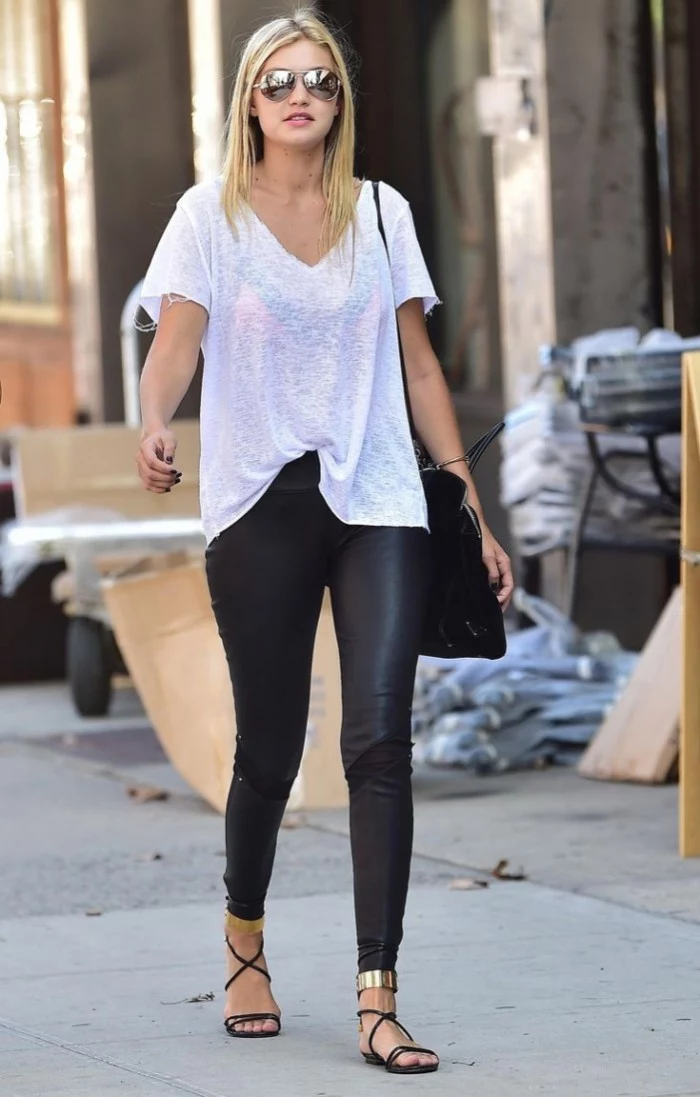
A Quick Word on the ‘Mend/Tailor’ Box
Be careful, because this box can easily become a procrastination station. Give yourself a hard deadline—two weeks. If the items aren’t at the tailor or fixed by then, they move to the ‘Go’ box. A good tailor is a wardrobe’s secret weapon. Finding one can feel intimidating, but it’s simple: ask for a recommendation at a high-quality local dry cleaner, or check online reviews. Start with a small job, like hemming a pair of pants. Expect to pay around $15-$25 for something simple like that, or maybe $30-$50 to get a blazer tailored. The cost is tiny compared to the impact it has on how your clothes fit.
What to Do with the ‘Go’ Box
Don’t just trash it! Higher-end pieces in good condition can be sold on sites like Poshmark or The RealReal. Your everyday basics from places like Gap or J.Crew can be donated to a local thrift store. For items that are too worn to be donated, look for a textile recycling program in your area—many retailers and farmers’ markets have them now.
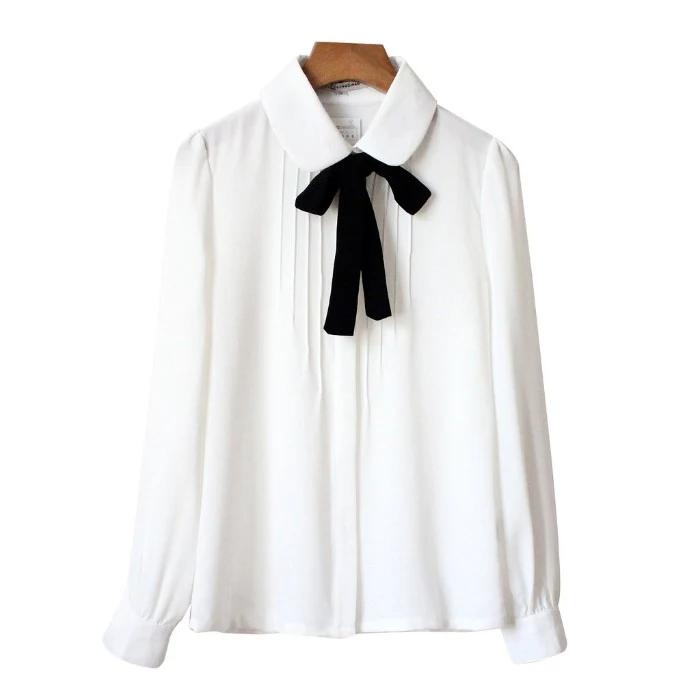
Part 2: Defining Your Real-Life Style
A capsule wardrobe will only work if it’s built for you, not for some minimalist influencer online. Your lifestyle and your taste are the only rules that matter.
Find Your Uniform
Look at your ‘Keep’ pile. What do you see? Are there mostly structured blazers or soft, cozy knits? Do you gravitate towards jeans and sweaters or dresses? This is the core of your personal style. Then, think about your actual life. Are you working from home, in a corporate office, or a creative studio? Chasing toddlers or attending board meetings? Your clothes have to work for the life you really live.
Oh, and for the work-from-home crowd: these rules absolutely apply to you! Your uniform might be high-quality joggers and comfortable, well-made knits instead of blazers and trousers. The goal is the same: to feel put-together and comfortable in pieces that are versatile and durable.
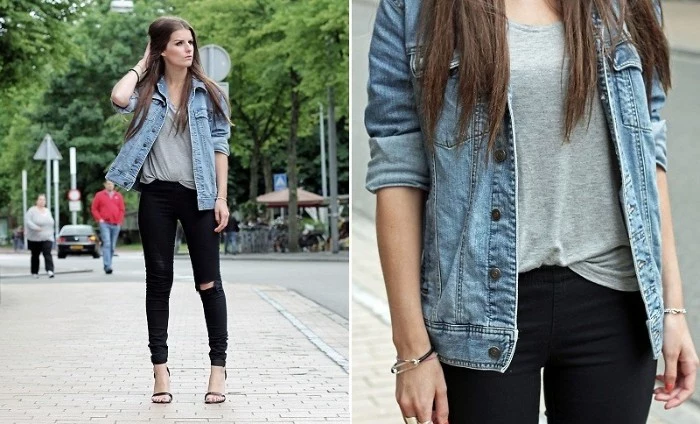
Choose Your Color Palette
A smart color palette is the magic that makes a small wardrobe feel like it has endless options. Here’s a simple structure that I’ve seen work time and time again:
- Two Main Neutrals: These are the foundation. Pick two from this list: black, navy, charcoal, camel, or cream. These will be the colors of your more expensive items, like coats, trousers, and shoes.
- One or Two Accent Colors: These are the colors that make you happy. Maybe it’s olive green, burgundy, dusty rose, or cobalt blue. You’ll use these for tops, sweaters, and accessories to bring personality to your neutral base.
Quick tip: To find your best neutrals, think about what colors people compliment you on. Cool undertones tend to look amazing in black, navy, and cool grays. Warm undertones often shine in camel, cream, and olive. It’s not a hard-and-fast rule, but it’s a great starting point.
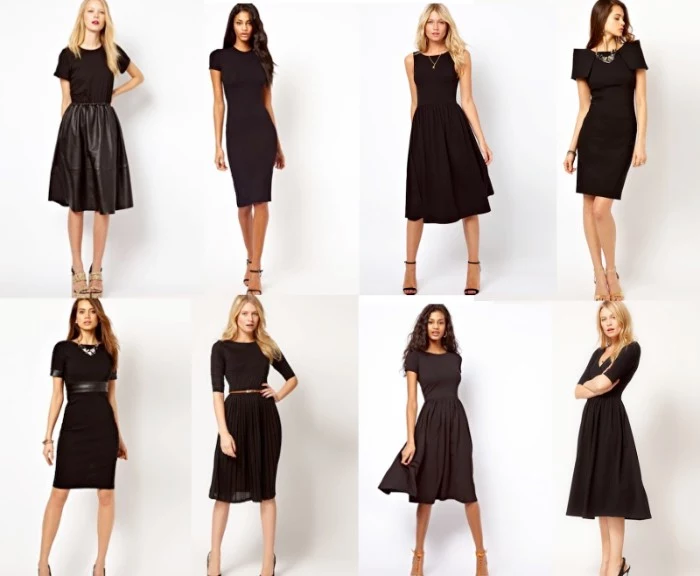
Part 3: Building Your Dream Capsule
Now we get to the fun part. The goal is to fill the gaps with versatile, high-quality pieces that mix and match effortlessly. A good target for one season is around 35-40 items. This includes tops, bottoms, layers, coats, and shoes. (It doesn’t include underwear, PJs, or workout gear.)
To help you visualize, a sample cool-weather capsule might look something like this: About 9 tops (a mix of t-shirts, blouses, and long-sleeves), 5 sweaters or cardigans, 5 bottoms (say, two pairs of jeans, two pairs of trousers, one skirt), one or two dresses, a classic wool coat, a trench or lighter jacket, and about 5 pairs of shoes (boots, sneakers, flats, etc.).
- Tops: This is where you’ll have the most variety. Focus on classic necklines like crewneck, v-neck, and boatneck in your neutral and accent colors. A silk or high-quality viscose blouse is a fantastic piece—it can look casual with jeans or dressed up with a skirt.
- Bottoms: Fit is everything. A great-fitting pair of dark-wash jeans, a pair of black or navy trousers, and one other style (like chinos or wide-leg pants) can cover almost any situation. Remember, paying $30 for tailoring on a $70 pair of pants will make them look better than a $300 pair straight off the rack.
- Layers: This is where you add texture and warmth. I suggest one cashmere or merino crewneck, one chunky knit sweater, and one versatile cardigan in your neutral colors. Quality here makes a world of difference in how you look and feel. A good sweater should last for years.
- Outerwear: This is where you should spend the most money if you can. A classic wool coat, a tailored trench, and a leather or denim jacket can serve you for a decade. A good quality wool coat can range from $250 to $600, but it’s an investment you won’t regret. When you’re shopping, check the seams, the lining, and the buttons—they should all feel solid and well-constructed.
- Shoes & Accessories: It’s better to have three amazing pairs of shoes that feel great than ten cheap pairs that hurt your feet. A classic leather ankle boot, a simple white sneaker, and a comfortable flat or low heel form a solid base. Accessories are where you can really let your personality shine without adding clutter. A beautiful scarf, a quality leather belt, or a few pieces of signature jewelry can completely change an outfit.
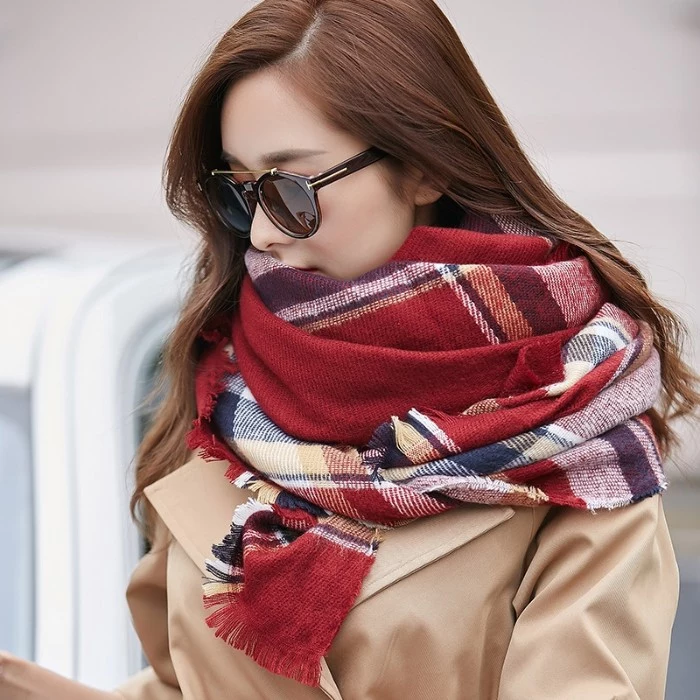
Part 4: Staying on Track for the Long Haul
Once your capsule is set, the job shifts from building to maintaining. A few simple habits will keep your closet feeling clear and your clothes looking great.
The ‘One In, One Out’ Rule
This is the golden rule for preventing clutter from creeping back in. When you buy something new, something similar has to go. Buy a new sweater, donate an old one. This forces you to be way more thoughtful about your purchases. Is this new item really better than what I already own?
Caring for Your Clothes
You’ve invested in good pieces, so now you have to take care of them. This is non-negotiable.
- Wash Less: Don’t wash clothes after every single wear (unless we’re talking about workout gear). Airing things out, especially wool, works wonders.
- Read the Label: Seriously. Follow the instructions. If it says ‘Dry Clean Only,’ there’s a reason.
- Fear the Dryer: High heat is the mortal enemy of most fabrics. It destroys elastic and shrinks natural fibers. Hang your clothes to air dry whenever you can.
- Use Good Hangers: Ditch the wire hangers from the dry cleaner! They ruin the shoulders of your clothes. Use wood or felt hangers, and always fold heavy sweaters to prevent them from stretching out.
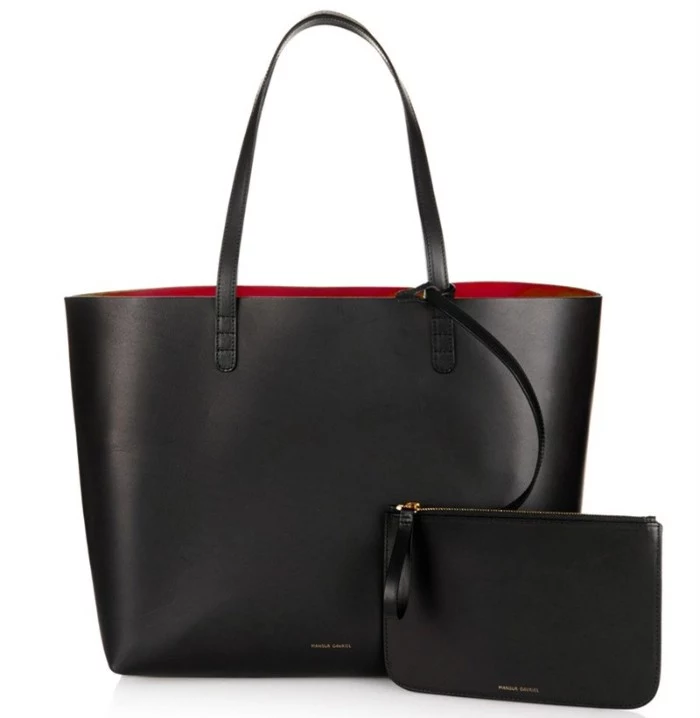
Seasonal Swapping
Unless you live somewhere with no seasons, you’ll need to swap your clothes out. When you’re storing your off-season items, make sure they’re clean. Moths are attracted to food stains and body oils. Use breathable garment bags or cotton storage bins—never plastic, which traps moisture and can cause mildew. I always throw in some cedar blocks or lavender sachets, a trick I learned from an old-school tailor that works like a charm.
What If… Some Final Thoughts
Building a capsule wardrobe is a skill you develop over time. Your first try won’t be perfect, and that’s completely okay. You might realize you need another sweater or that you never actually wear that skirt you kept. It’s a journey.
But here are a couple of common questions I get:
“What if I get bored with a small wardrobe?”
This is where accessories are your best friend! A new scarf, a different belt, or a fun piece of jewelry can make an old outfit feel totally new. You can also play with a new, temporary accent color for a season to spice things up.
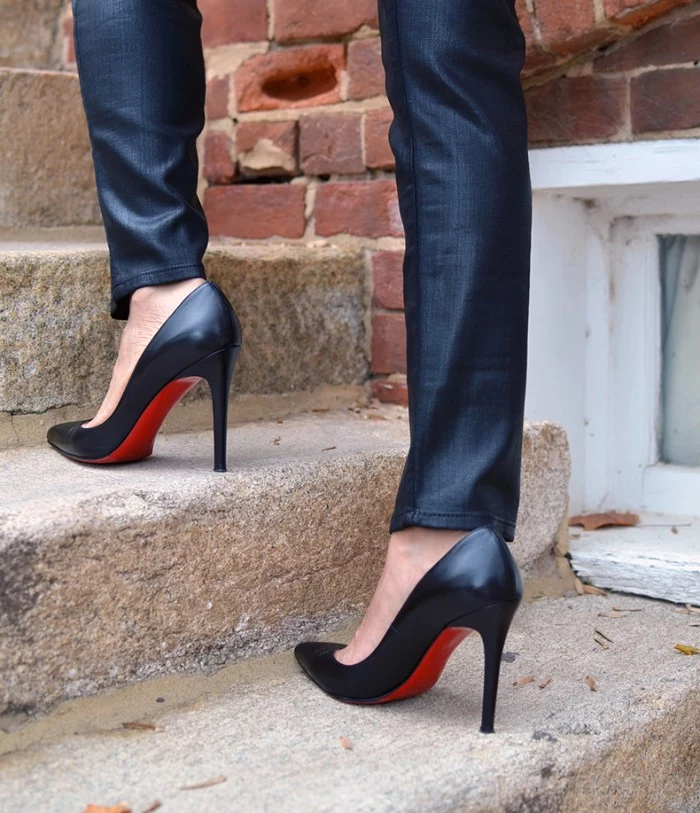
“I purged, but my closet still looks messy!”
Take a look at your hangers. Mismatched plastic, wire, and wood hangers create a ton of visual noise. Switching to all one type and color (I love slim velvet hangers) makes a shocking difference and instantly makes your closet look more organized and serene.
The real reward here isn’t just a tidy closet. It’s the feeling of freedom you get from knowing everything you own has a purpose. It’s the confidence of walking out the door every day feeling great. And it’s the quiet satisfaction of making one little corner of your world work perfectly for you.
Inspiration Gallery
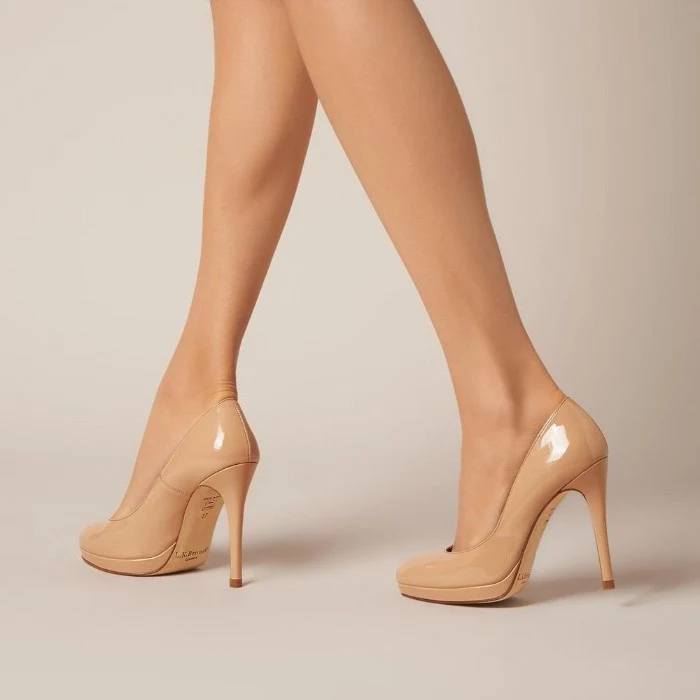
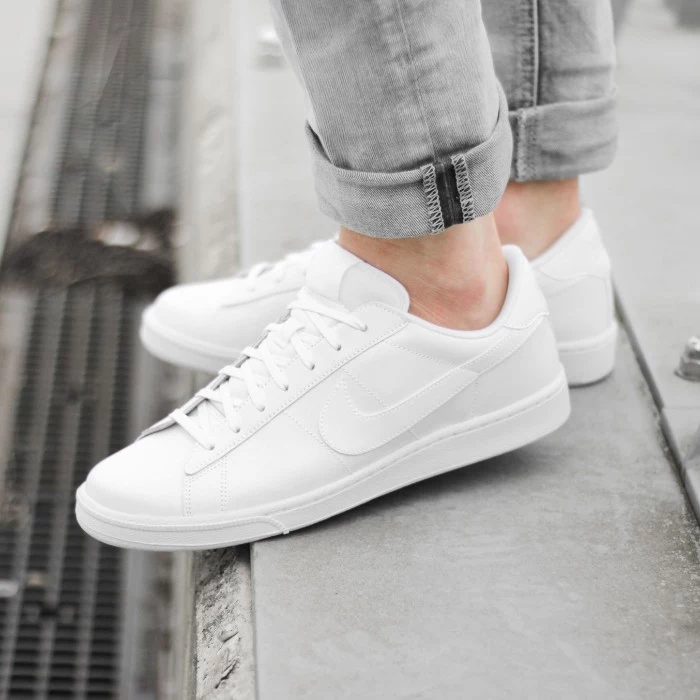

When selecting your core pieces, pay close attention to the fabric’s feel and durability. Merino wool offers warmth without bulk and is naturally odor-resistant, making it perfect for layering sweaters. Tencel Lyocell, found in many pieces from brands like Cuyana and Eileen Fisher, has a beautiful, fluid drape and is remarkably soft and breathable, elevating a simple top or dress.
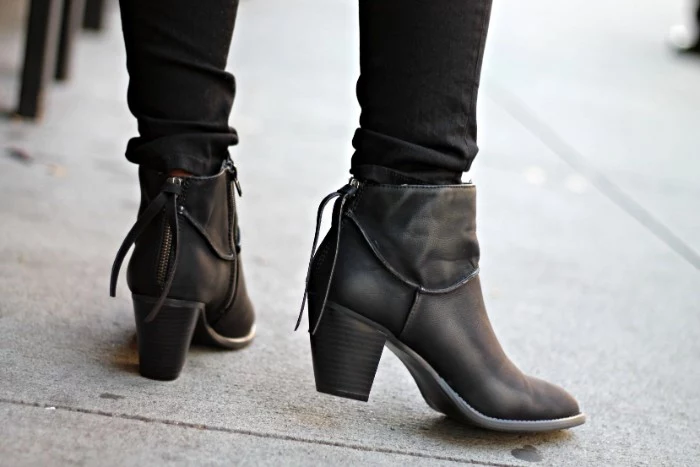
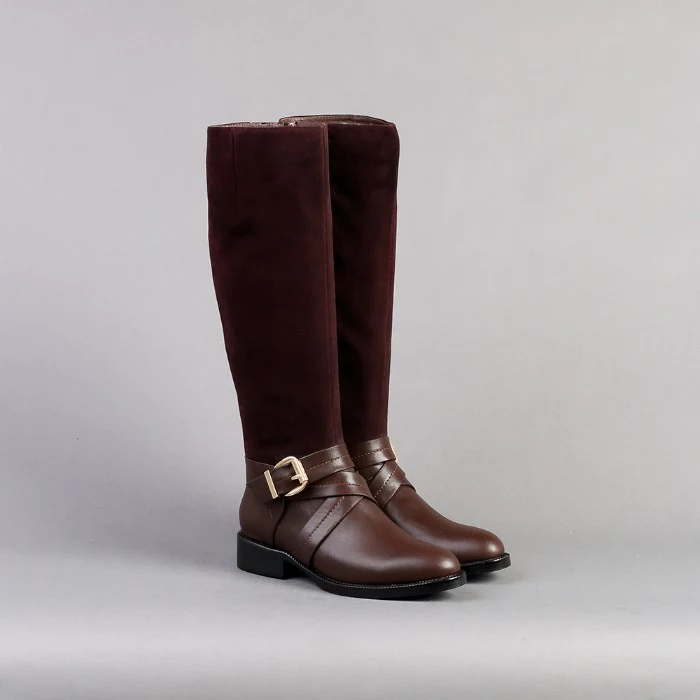
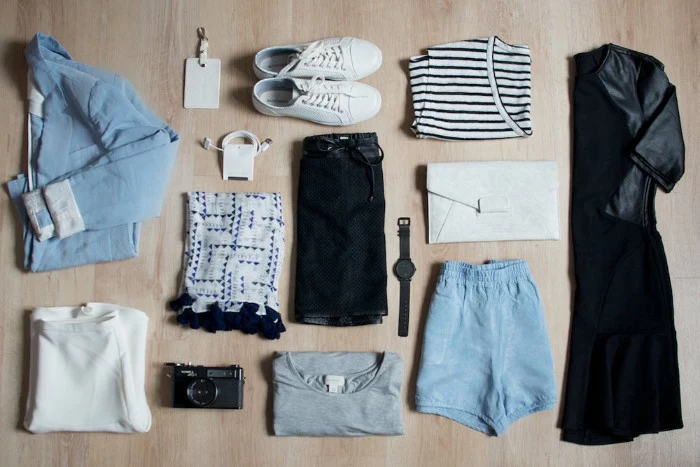
Globally, 87% of the material used for clothing production is landfilled or incinerated after its final use.
Give your discarded items a second life. High-end pieces can be consigned through services like The RealReal. Everyday brands sell well on platforms like Poshmark or Vinted. For items that are too worn, look for textile recycling programs—many retailers like H&M or Zara have collection bins in-store.
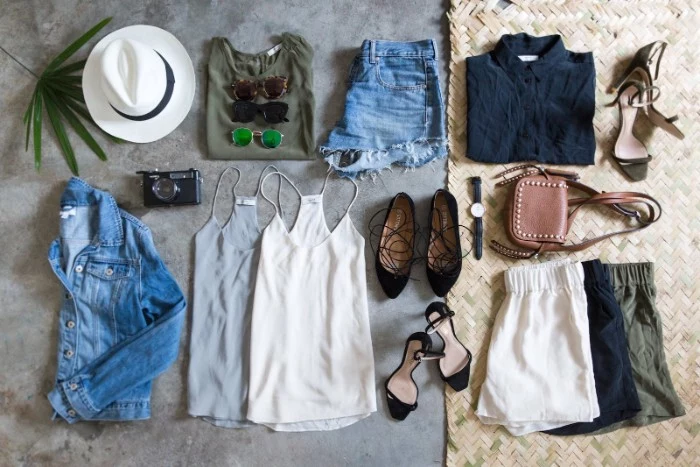
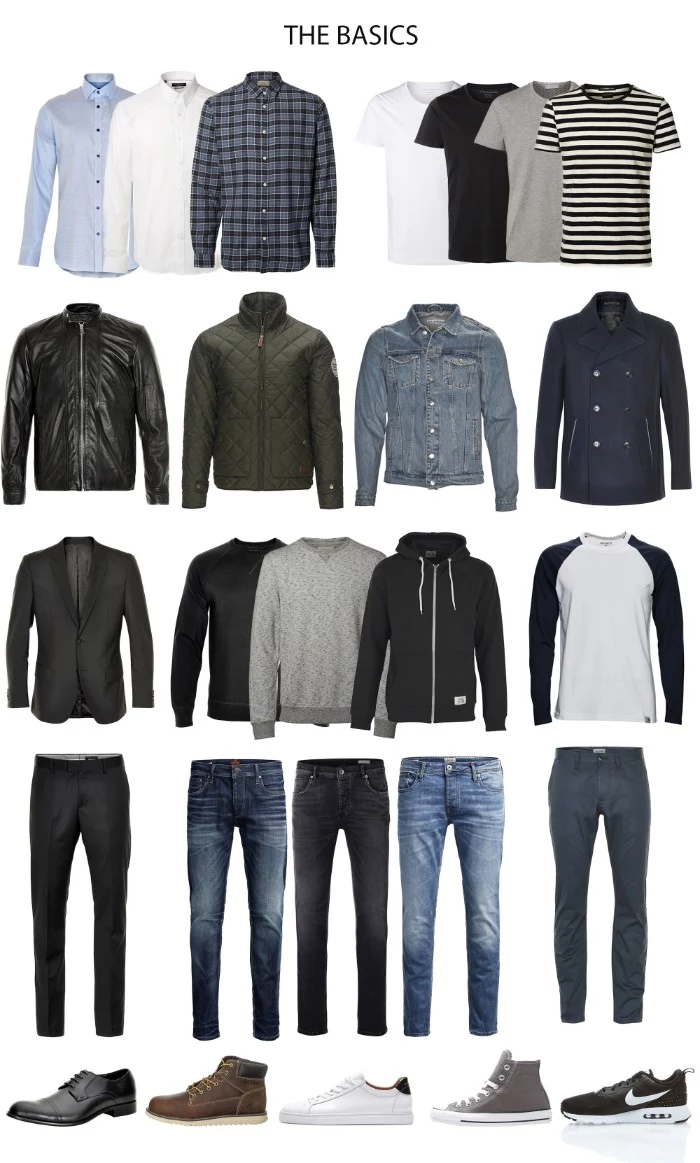
The One-In, One-Out Rule: Once your capsule is established, adopt this simple mantra to maintain balance. For every new item you bring into your closet, one must go. This prevents the slow creep of clutter and forces you to be highly intentional about every purchase.
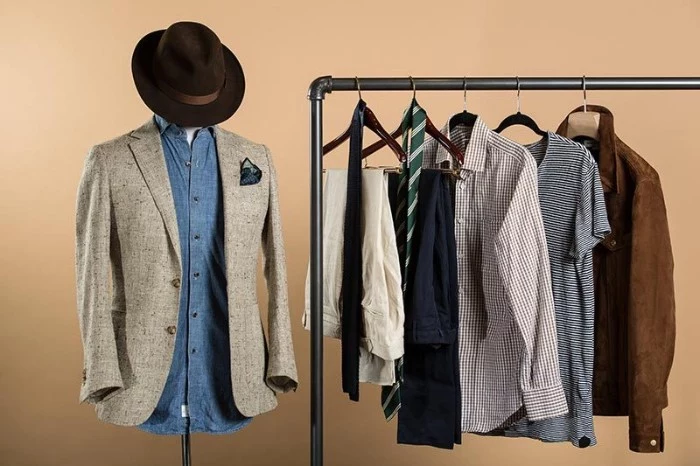
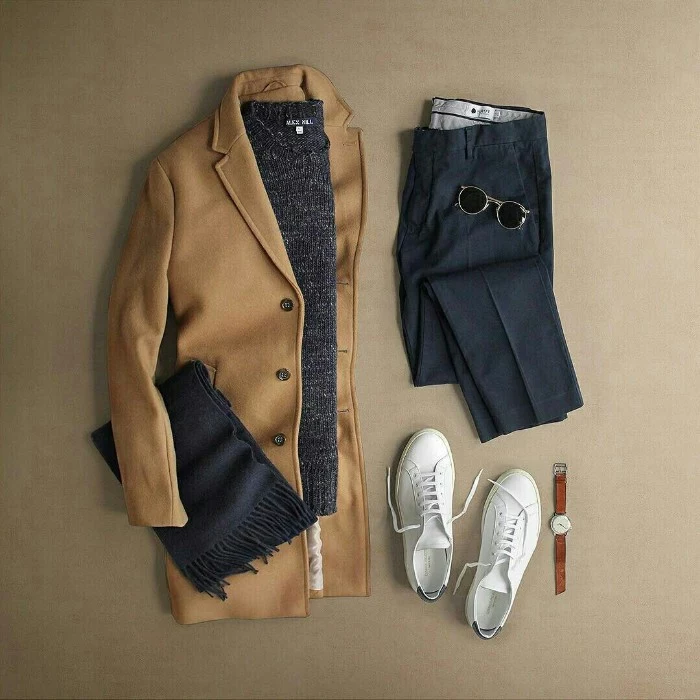
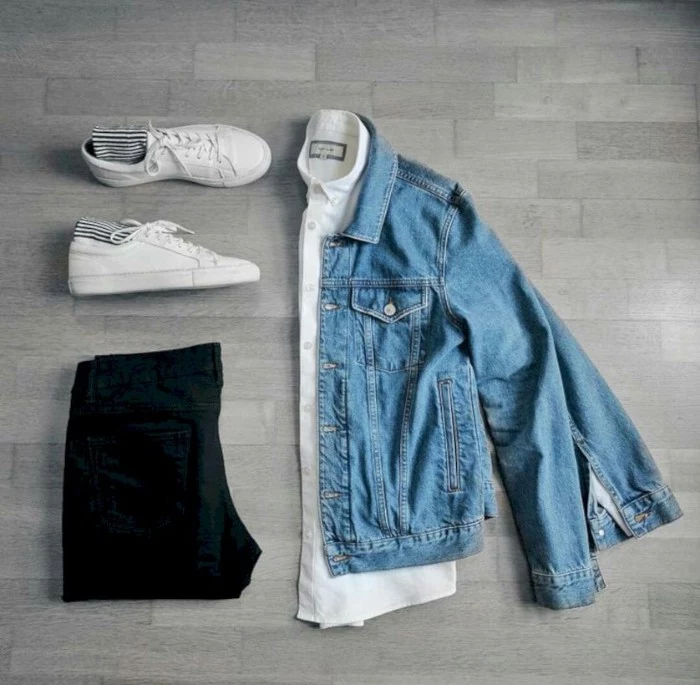
- A perfect fit that doesn’t require a tailor.
- A neckline that’s endlessly flattering.
- A color that makes your skin glow.
The secret? Identifying your ‘unicorn’ pieces. Find an item you love and feel amazing in, then analyze it. What’s the brand? The fabric? The cut? Use this information as a blueprint for future purchases, creating a wardrobe full of winners.
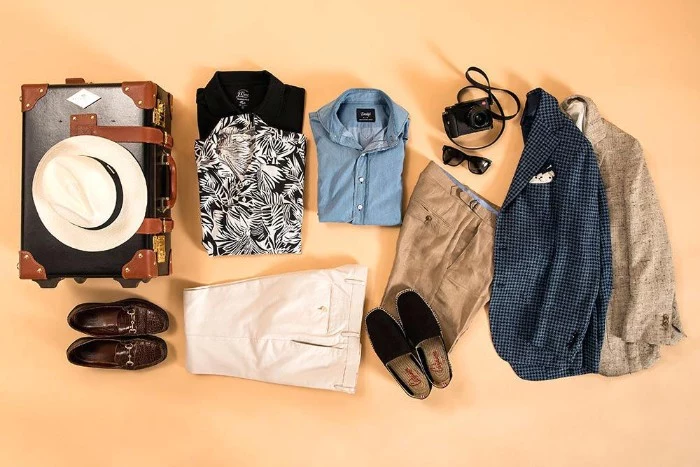
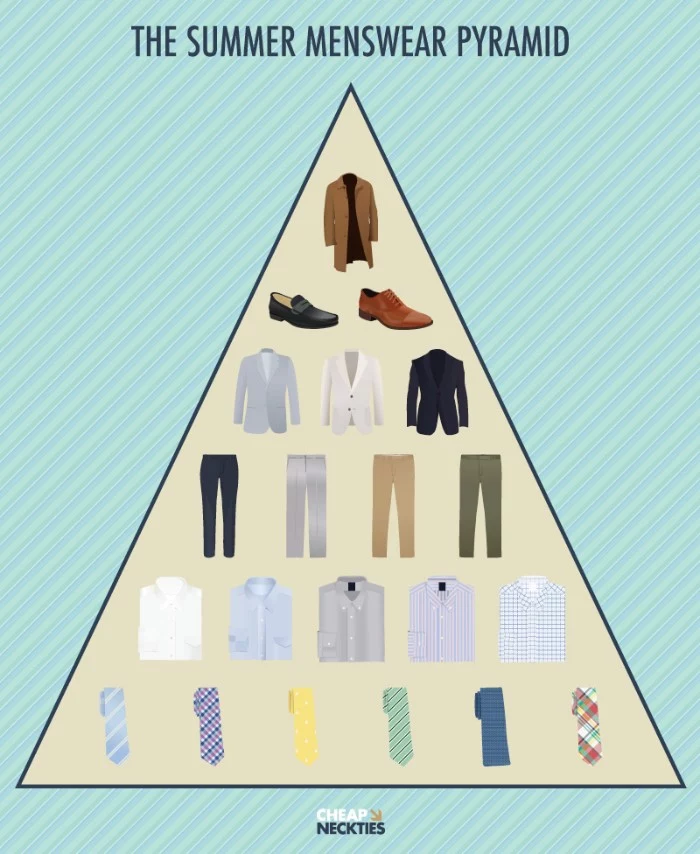
A cohesive color palette is the engine of a capsule wardrobe, ensuring everything mixes and matches effortlessly. Start by choosing your base colors.
- Neutrals: Select two or three neutrals to form the foundation, like black, navy, grey, camel, or cream.
- Accent Colors: Add one or two accent colors that you love and that complement the neutrals. Think olive green, burgundy, or dusty rose.
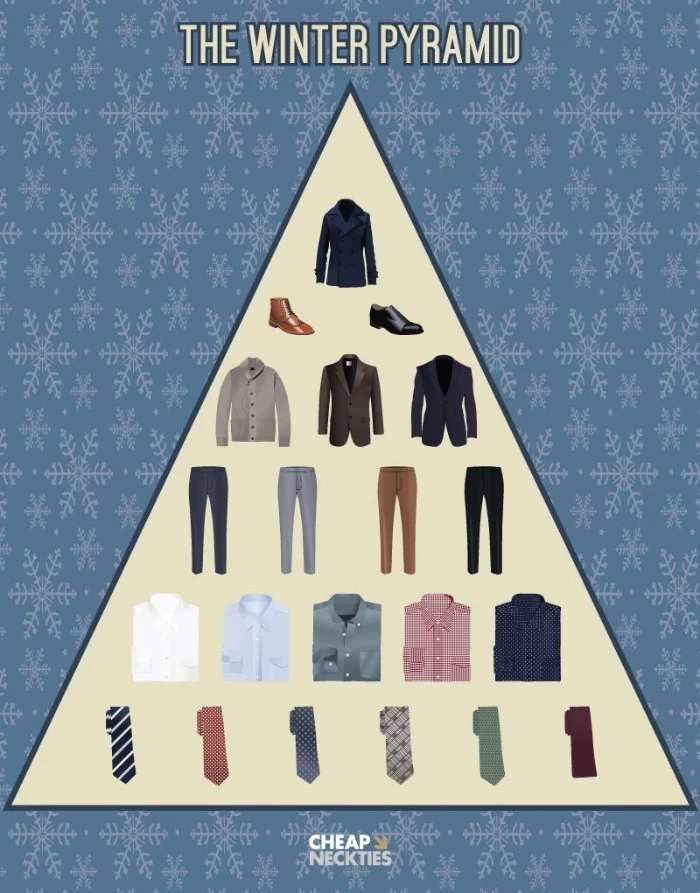
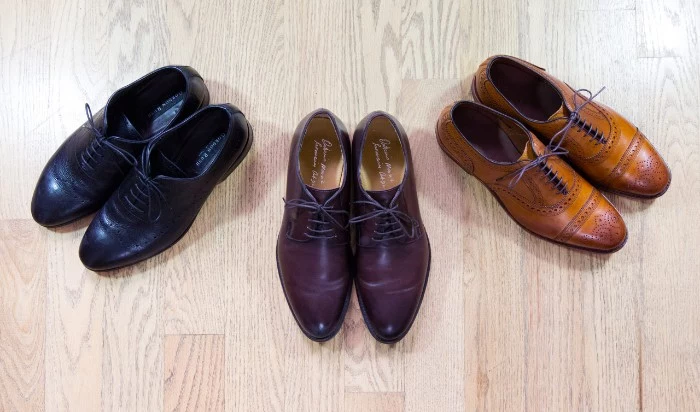
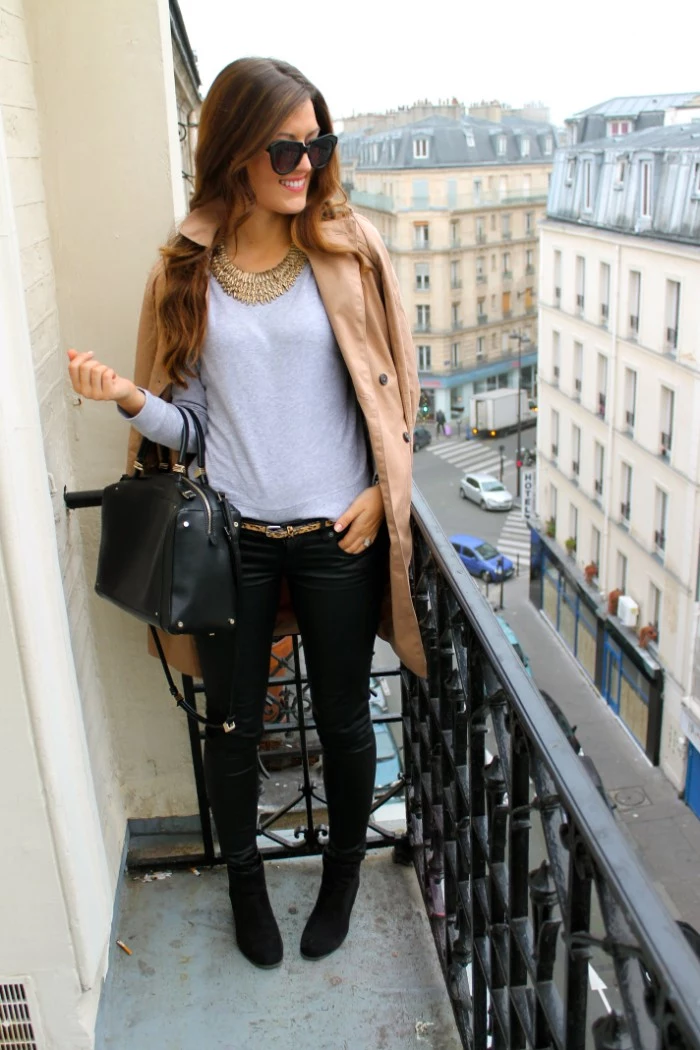
But what about special occasions? Does a capsule mean I can’t have a cocktail dress?
Quite the opposite. A capsule encourages you to have one or two truly fantastic, versatile options instead of five mediocre ones. Invest in a timeless black or navy dress in a quality fabric. It can be dressed up with heels and jewelry or dressed down with a denim jacket and flats, covering weddings, dinners, and parties with a single, perfect piece.
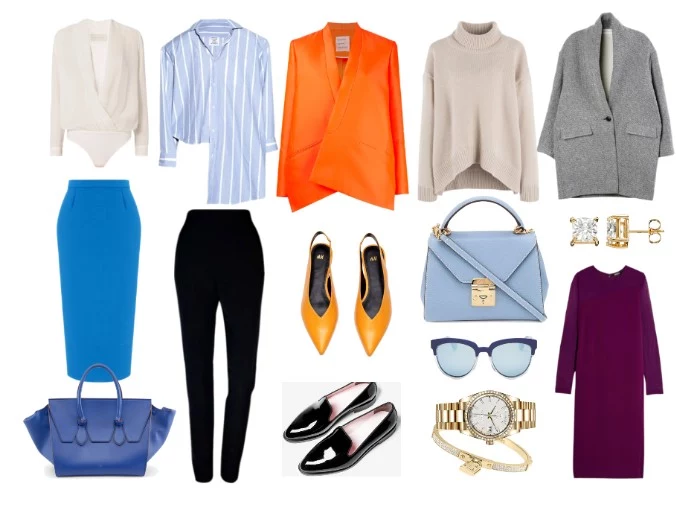
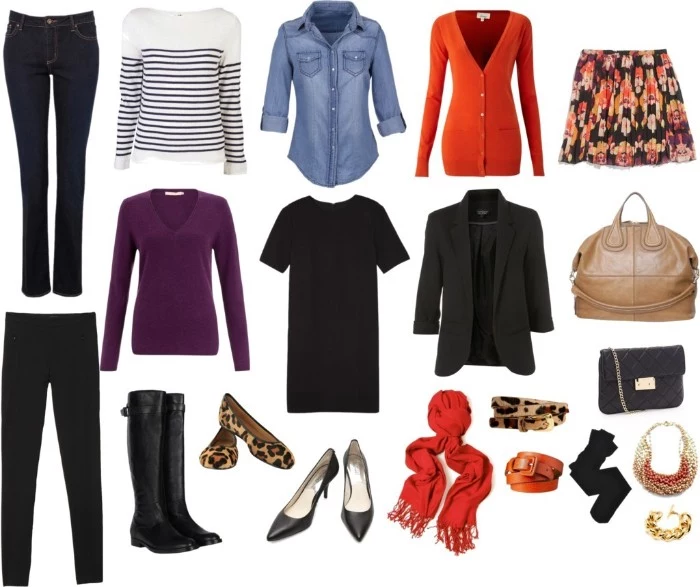
The White T-Shirt Showdown:
Save: Uniqlo’s Supima Cotton Crew Neck. At under $25, it offers a fantastic fit, durable cotton, and a cut that holds its shape surprisingly well. An unbeatable value for a daily staple.
Splurge: The ‘Classic’ T-shirt from Vince. The Pima cotton has a luxurious, soft drape that elevates it from a simple basic to a statement of quiet luxury. It’s an investment in feel and longevity.
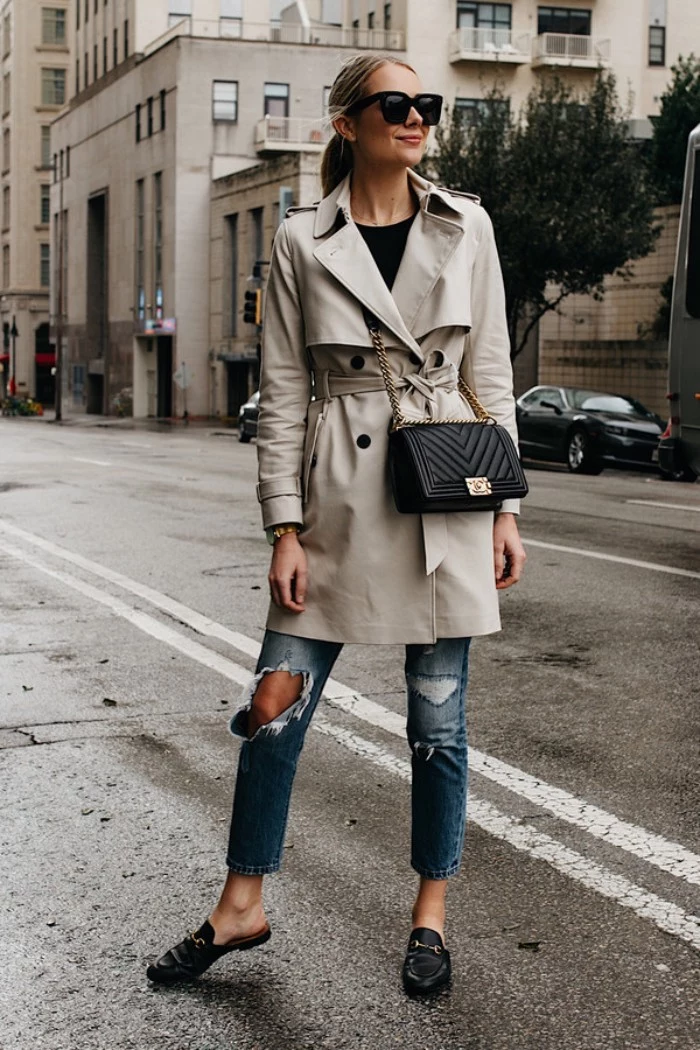
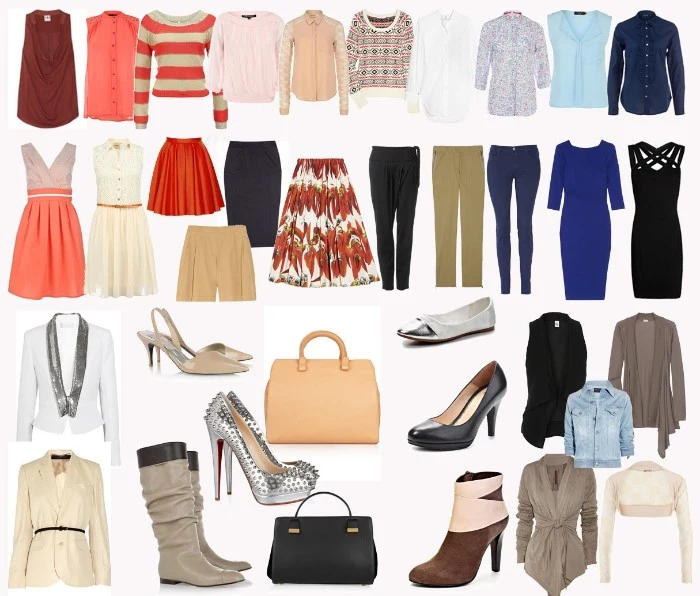
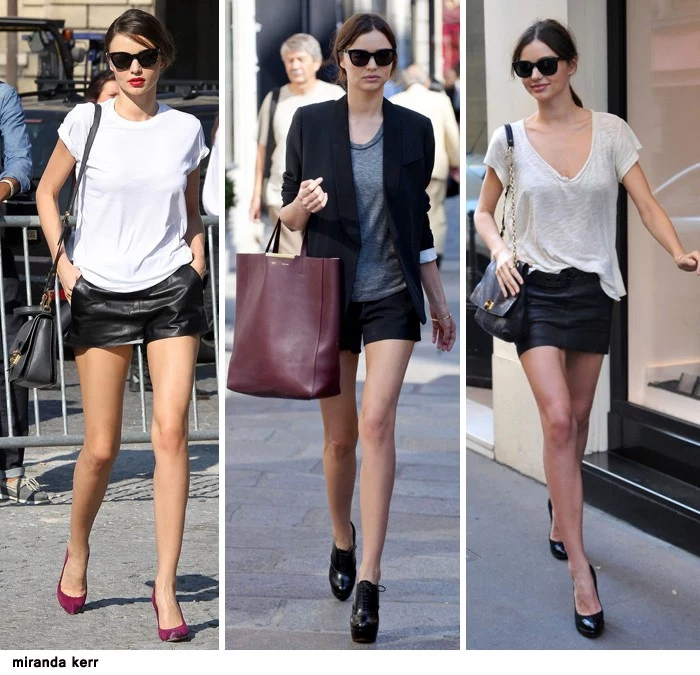
“Simplicity is the ultimate sophistication.” – Leonardo da Vinci
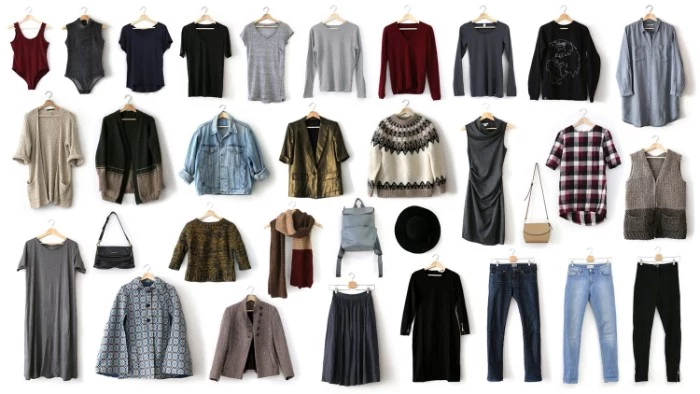
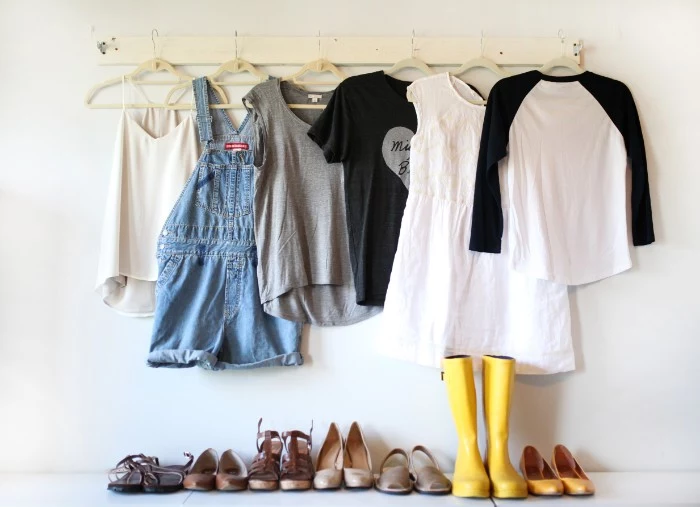
Don’t neglect the power of texture to add depth and interest, especially if you favor a neutral palette. An outfit composed of a silk camisole, chunky wool cardigan, worn-in jeans, and a smooth leather belt is visually rich and sophisticated, proving that a look doesn’t need loud colors to make a statement.
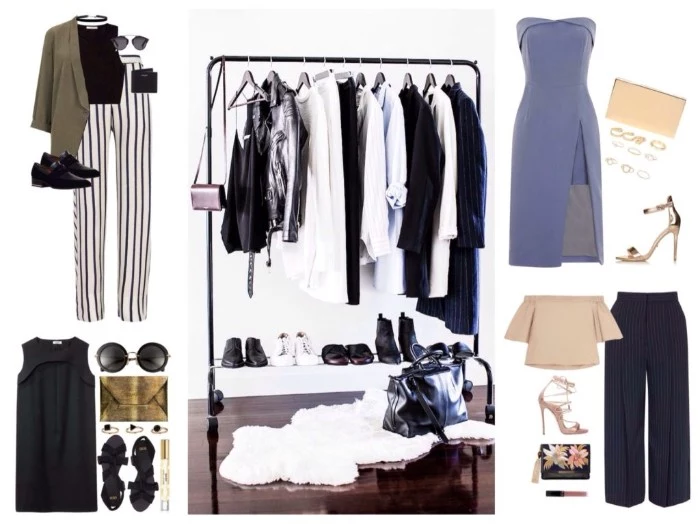
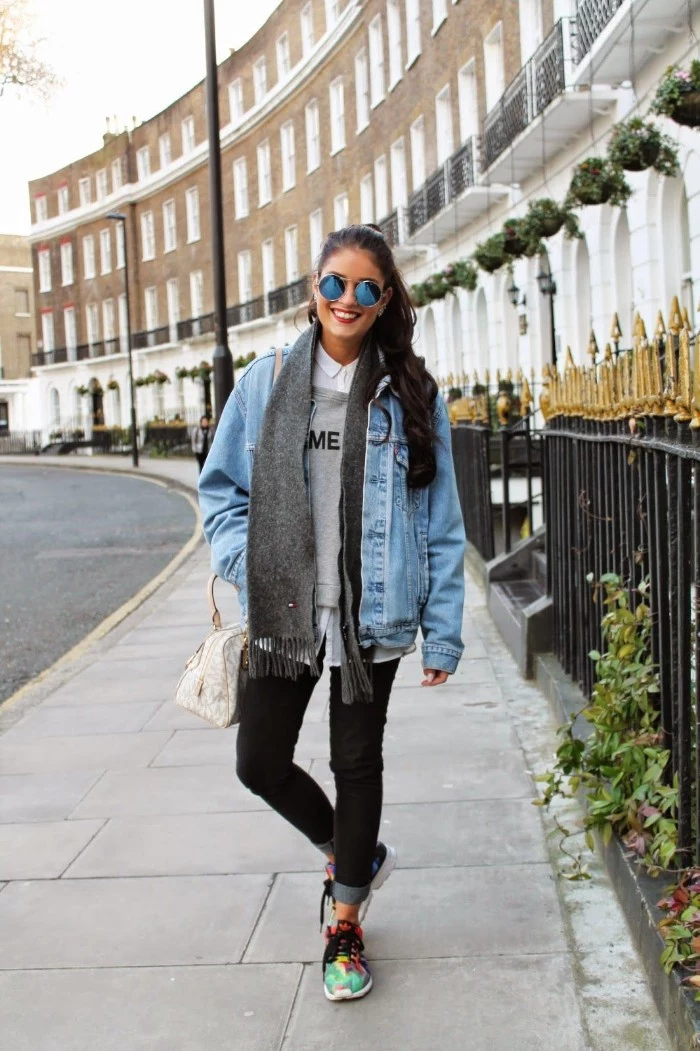
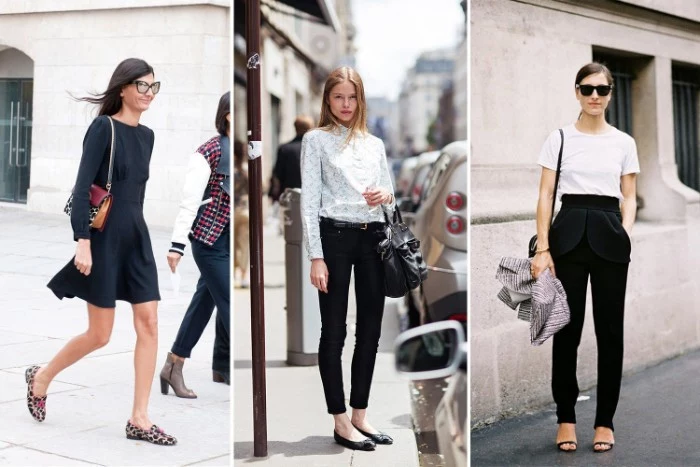
- A classic dark-wash straight-leg jean for versatility.
- A sleek black jean that can be dressed up or down.
- A relaxed, lighter-wash style for casual weekends.
- A crisp white pair for a fresh, warm-weather look.
The secret to a functional wardrobe? A well-curated denim collection. Brands like Levi’s for timeless cuts, Madewell for modern fits, and AGOLDE for a touch of trend offer quality that lasts.
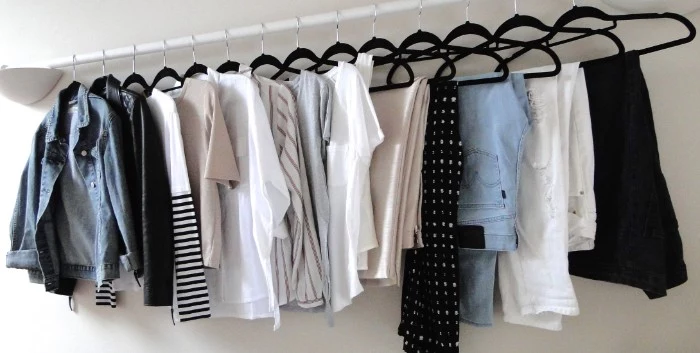
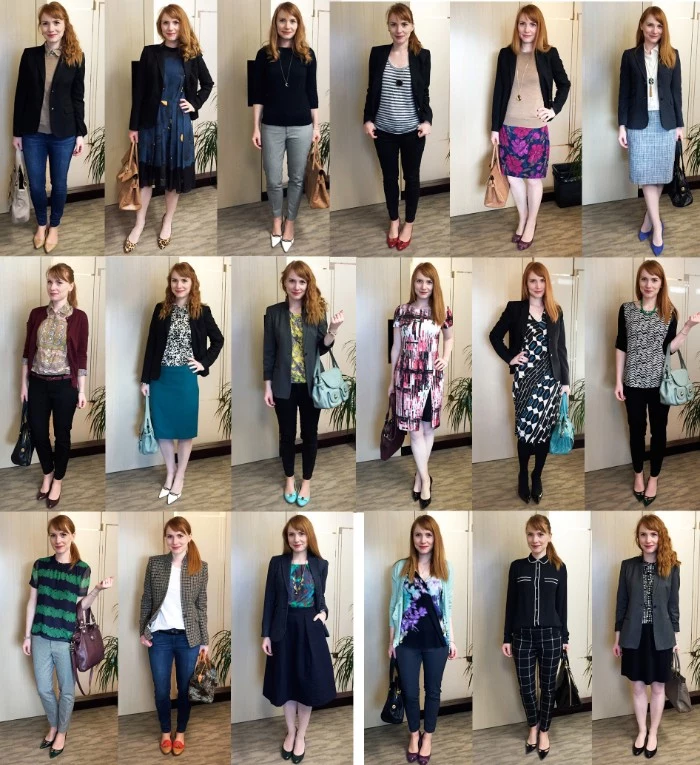
The 3-Word Method: To hone your personal style, try to define it in just three adjectives. Are you
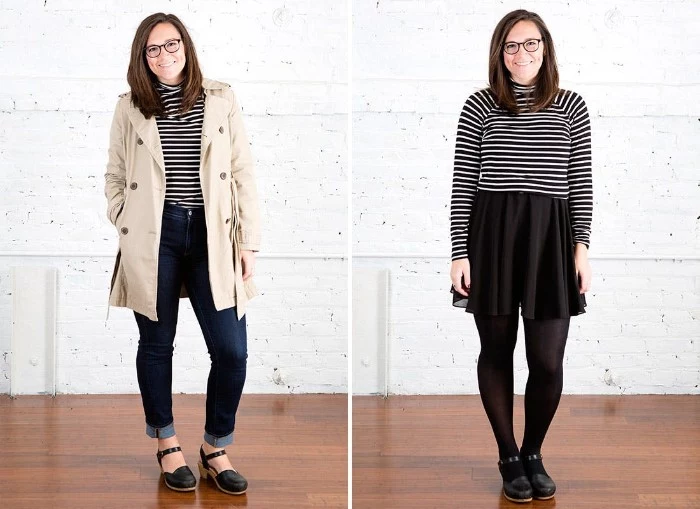
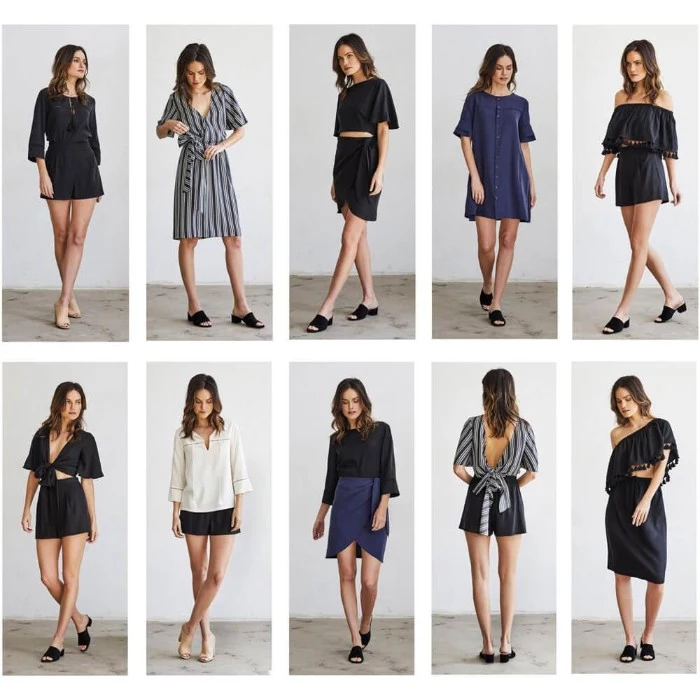

According to a 2018 study, the average person wears an item of clothing just seven times before getting rid of it.
Shift your mindset from the initial price tag to
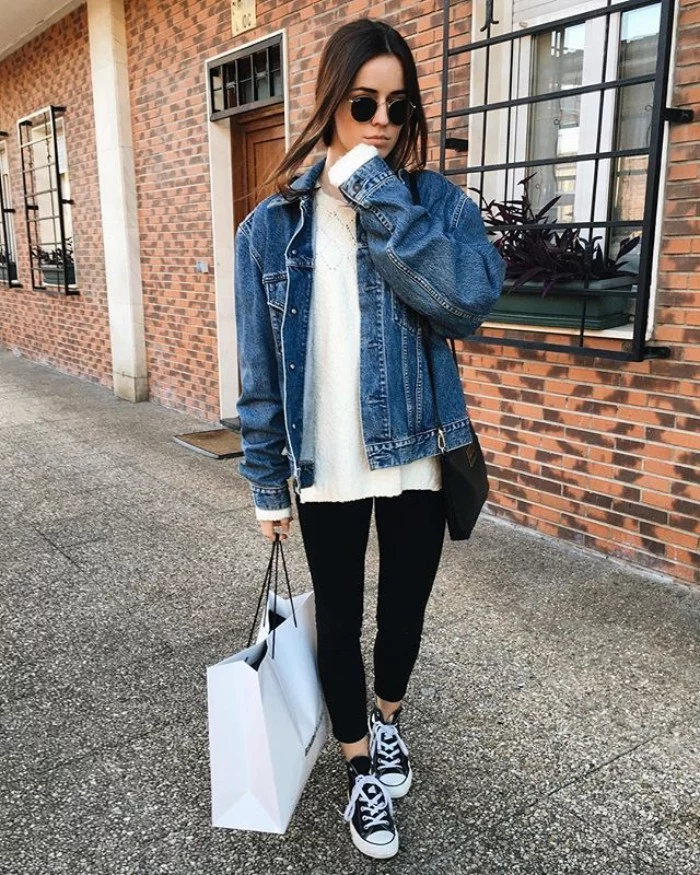
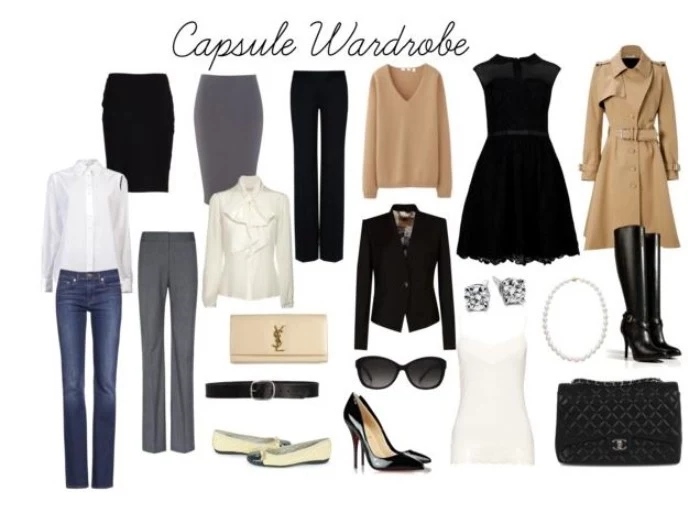
How do I handle the transition between seasons without a massive closet?
The key is smart storage. At the end of a season, properly clean every item before putting it away. Use breathable canvas boxes or garment bags—avoid plastic, which can trap moisture. Store them out of sight. When the season turns again, it will feel like you’re shopping a brand-new, perfectly curated collection for free.
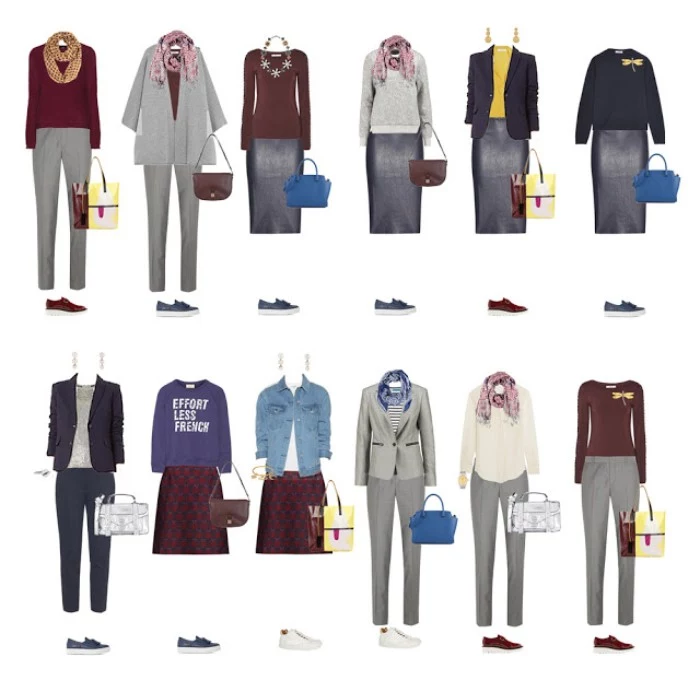
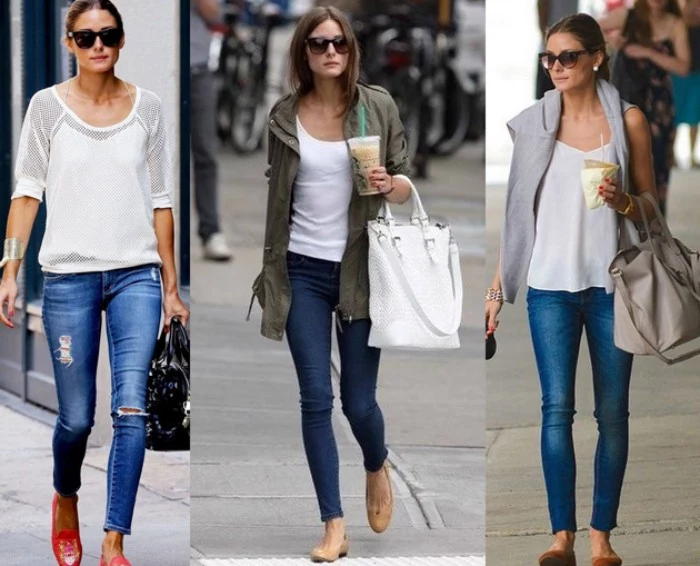
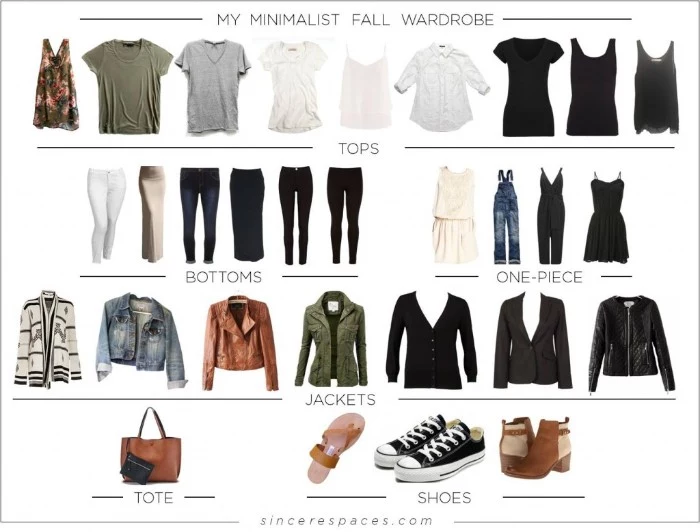
A classic trench coat is a capsule wardrobe superhero. It can be thrown over jeans and a t-shirt, a work dress, or even evening wear. While a Burberry trench is the ultimate investment, brands like J.Crew, Everlane, and Sézane offer beautifully constructed versions that provide the same timeless style and multi-season functionality.
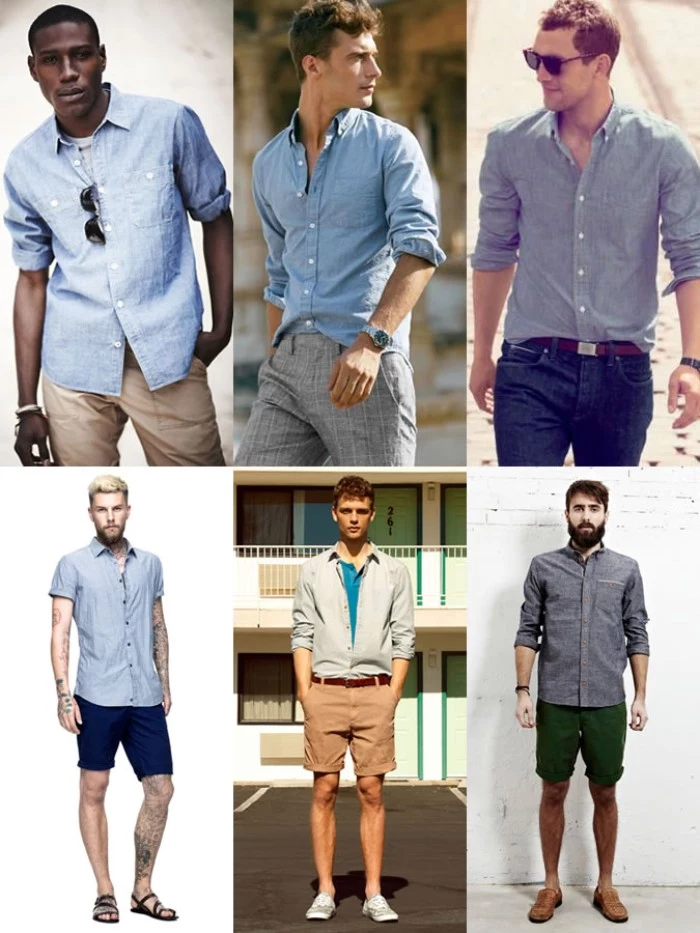
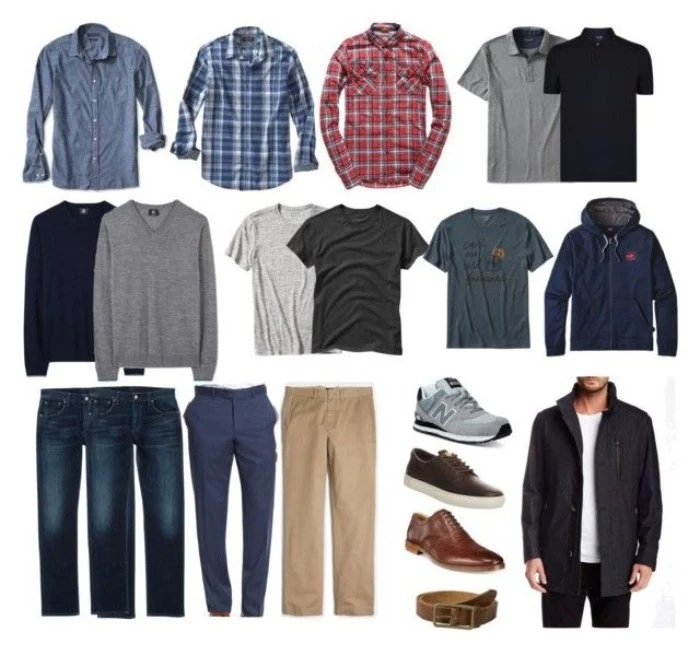
A common mistake: Building a wardrobe for your fantasy self. If your daily life involves chasing kids and working from home, five pairs of stilettos and a collection of silk blouses might not be practical. Be brutally honest about your real, day-to-day activities and build a beautiful, functional wardrobe that serves the life you actually lead.
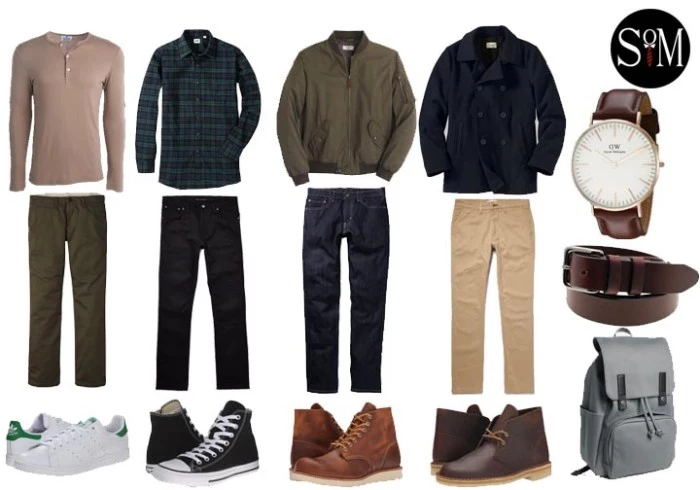
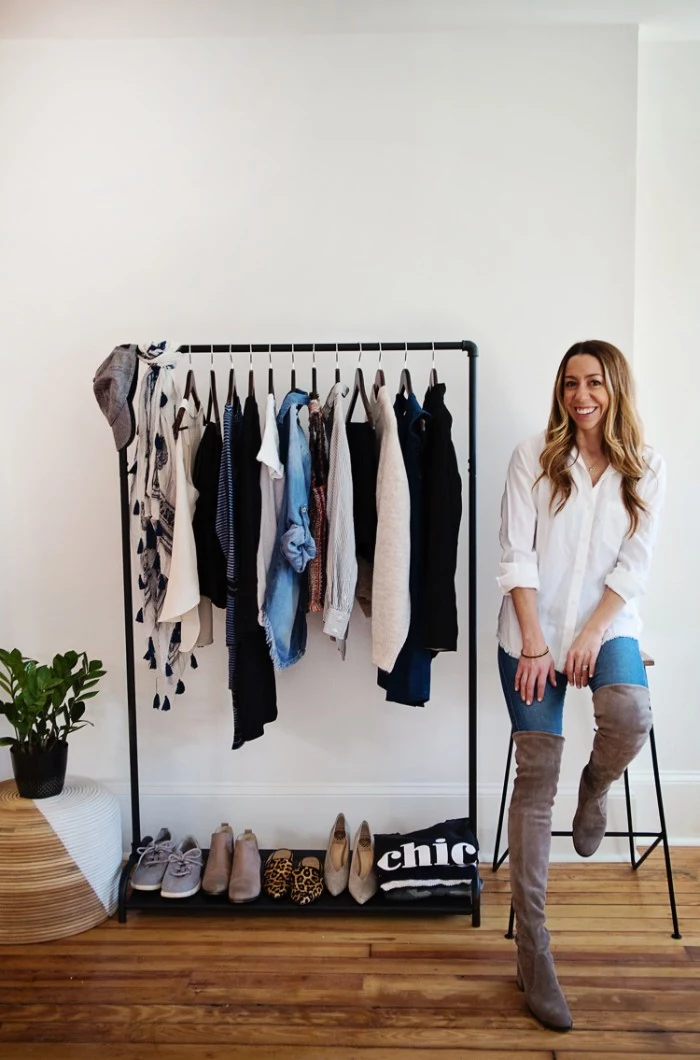
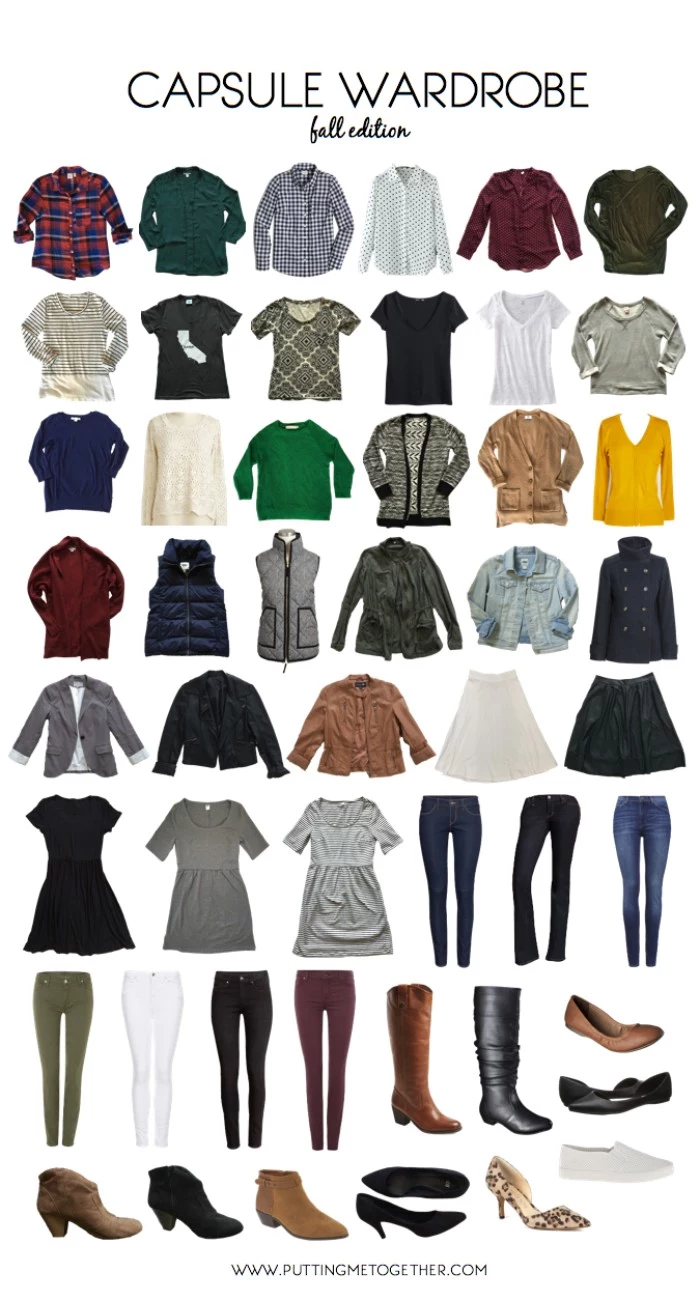
Thinking about a travel capsule? The goal is maximum outfits from minimum items. Start with these workhorses.
- A large, high-quality scarf: Use it as a wrap on the plane, a chic accessory for dinner, or even a sarong at the beach.
- A striped long-sleeve tee: The classic Breton or ‘marinière’ (like those from Saint James) looks effortlessly chic for sightseeing and is easily dressed up.
- The perfect ankle boot: Choose a comfortable, low-heeled style that can handle miles of walking but still looks polished for the evening.
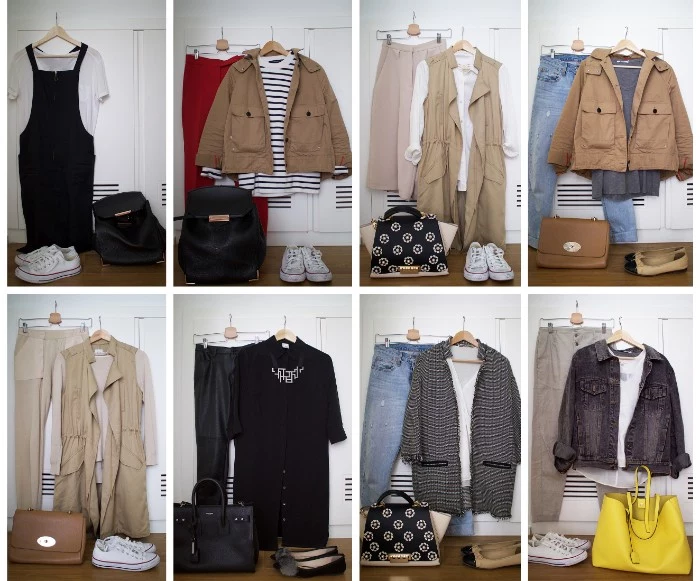
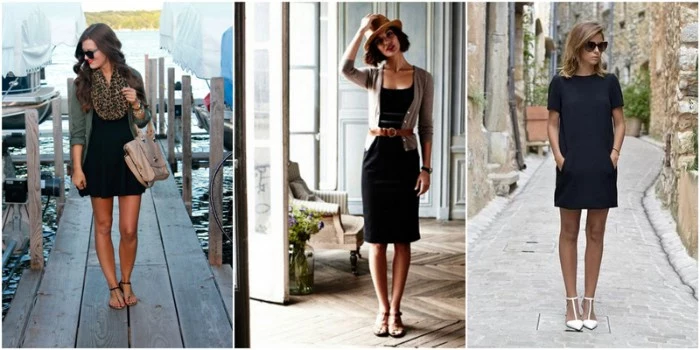
“Buy less, choose well, make it last.” – Vivienne Westwood
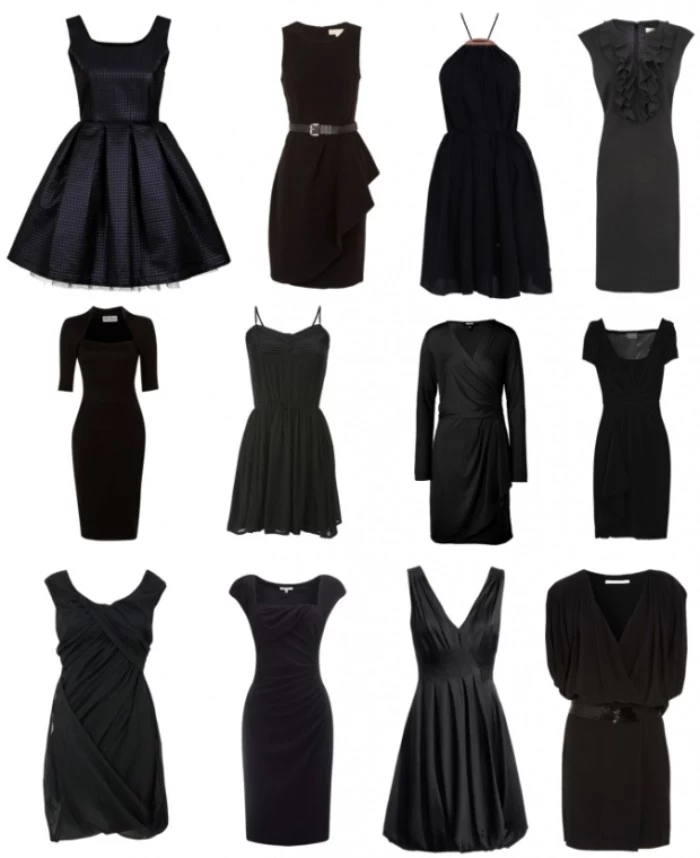
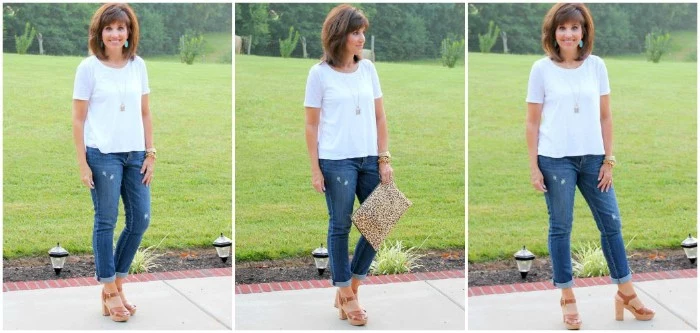
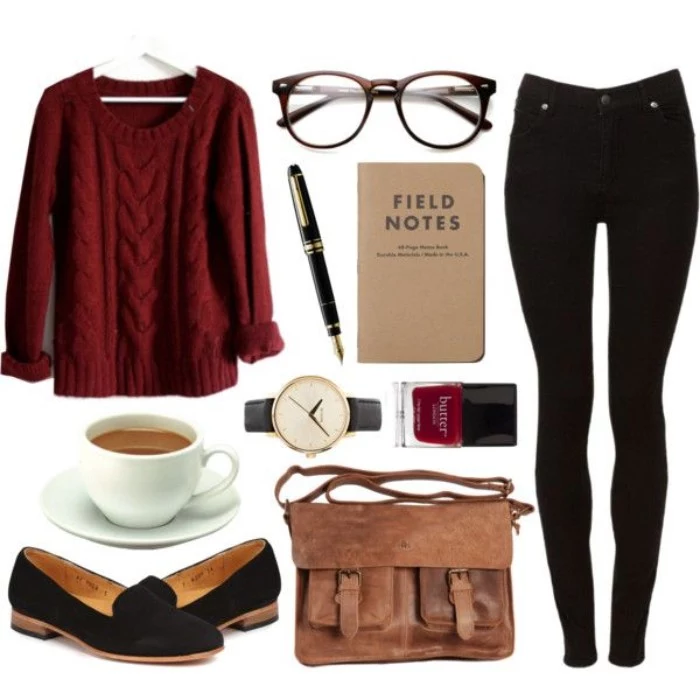
Knitwear: Cashmere vs. Merino Wool
Cashmere: The pinnacle of softness and warmth, it feels incredibly luxurious against the skin. It is, however, more delicate and requires careful hand-washing. Best for a signature, cozy sweater.
Merino Wool: A performance powerhouse. It’s less expensive, more durable, machine-washable (on gentle), and wicks moisture. Perfect for base layers and everyday cardigans.
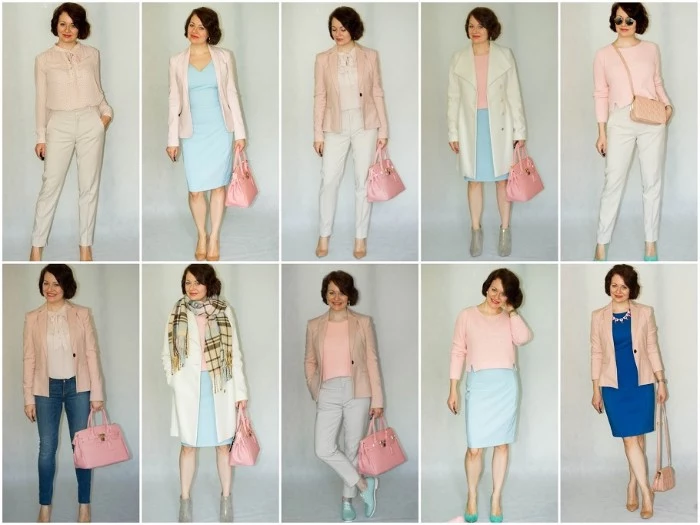
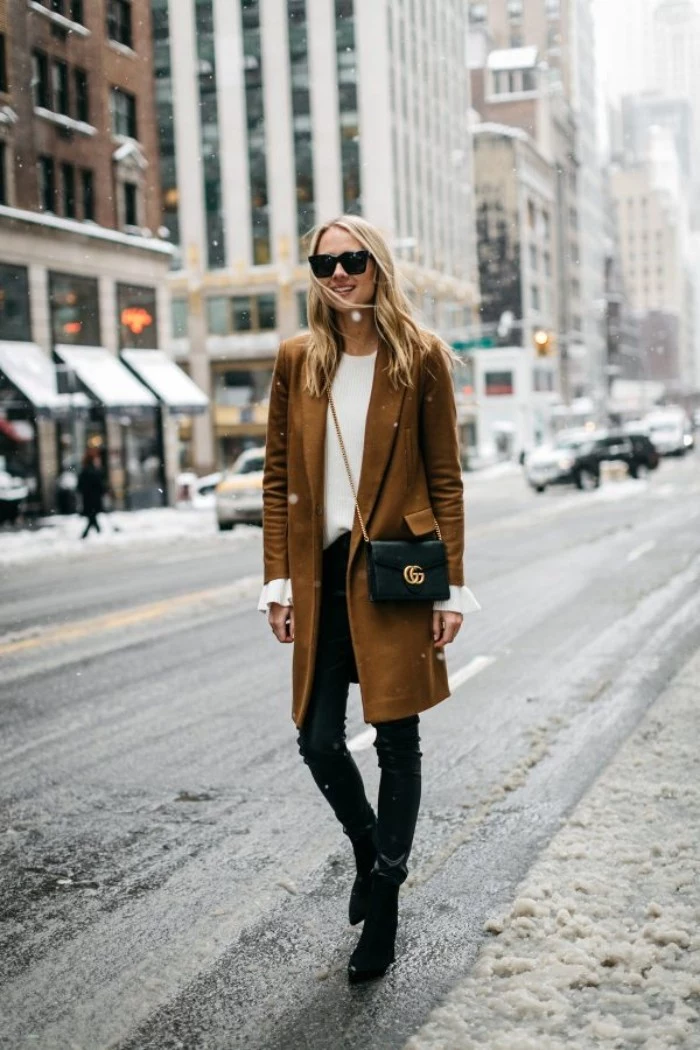
The ‘quiet luxury’ trend is the essence of a capsule wardrobe. It’s not about logos or flashy hardware; it’s about impeccable fit, superior materials, and timeless design. Think of a perfectly cut blazer from Theory or a simple, elegant leather tote from Cuyana. These are pieces that communicate quality without shouting.
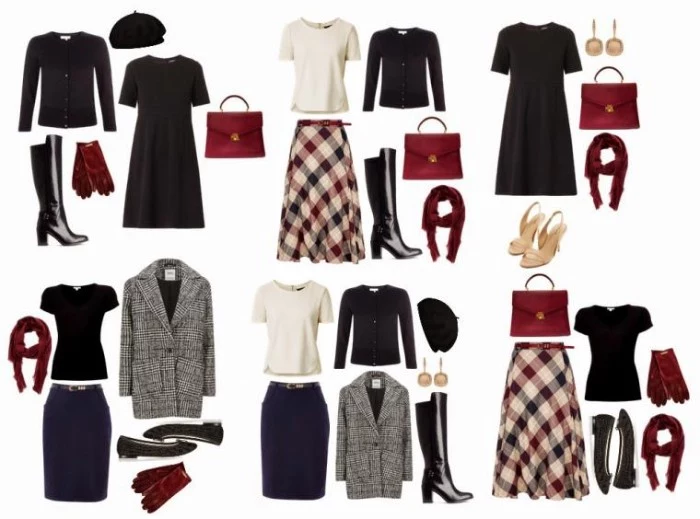
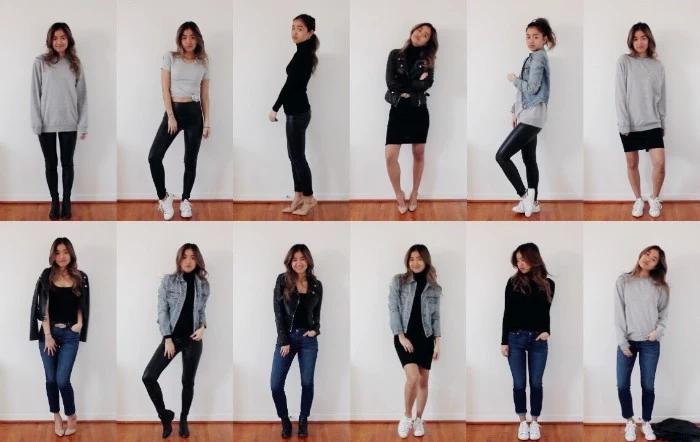
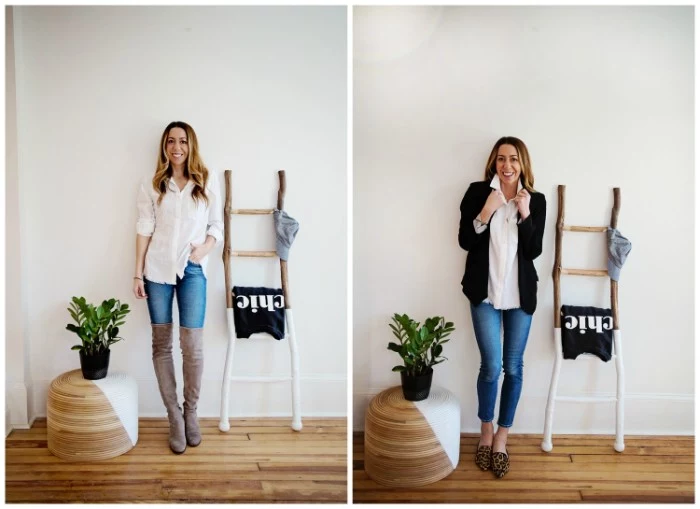
- A high-quality leather belt (in black or brown).
- A versatile silk scarf (for your neck, hair, or handbag).
- A pair of classic sunglasses that suit your face shape.
- A simple, elegant watch.
These are the four accessories that can elevate even the most basic jeans-and-tee combination, instantly making your outfit feel intentional and complete.

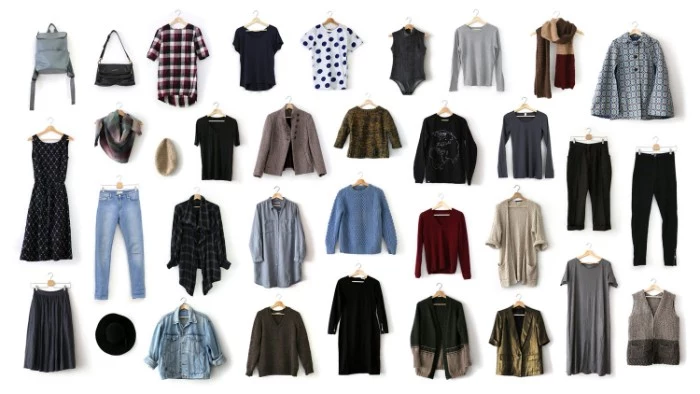
Don’t Forget Shoe Care: Your capsule shoes are investments meant to be worn on repeat. Protect them. A few minutes of care extends their life significantly. Use a waterproofing spray like Collonil Carbon Pro on suede and nubuck, regularly condition leather goods with a product like Saphir Renovateur, and use cedar shoe trees to absorb moisture and maintain shape.
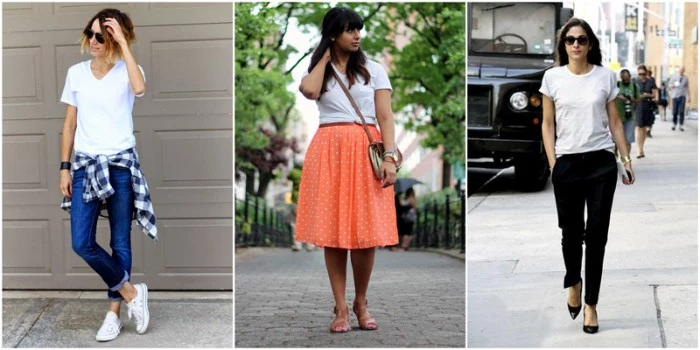
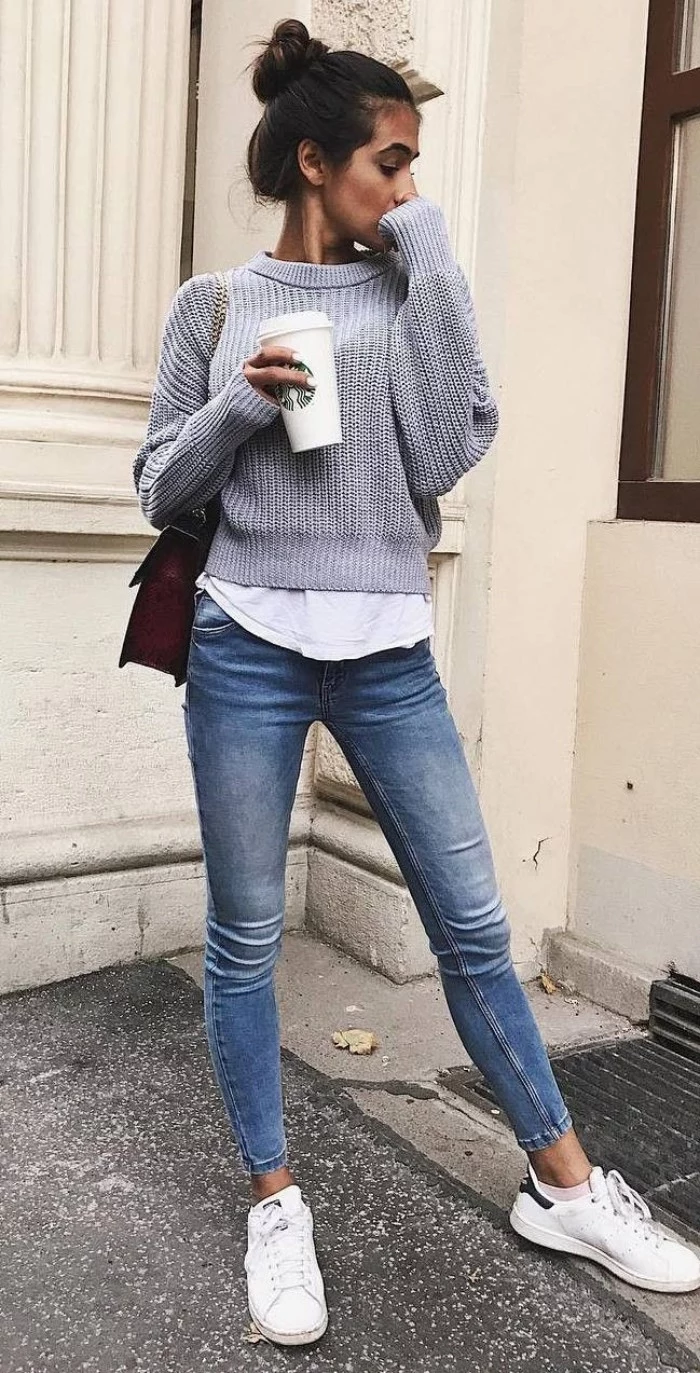
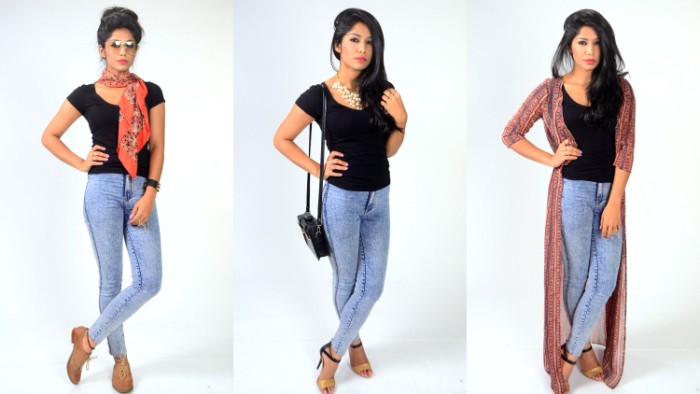
Can I still follow trends?
Absolutely. Use the 80/20 rule. Let 80% of your wardrobe be your timeless, versatile core. Devote the remaining 20% to experimenting with trends. This could mean a handbag in the season’s ‘it’ color, a top with a popular sleeve detail, or a new silhouette of jeans. It allows you to participate in fashion’s fun without derailing your entire system.
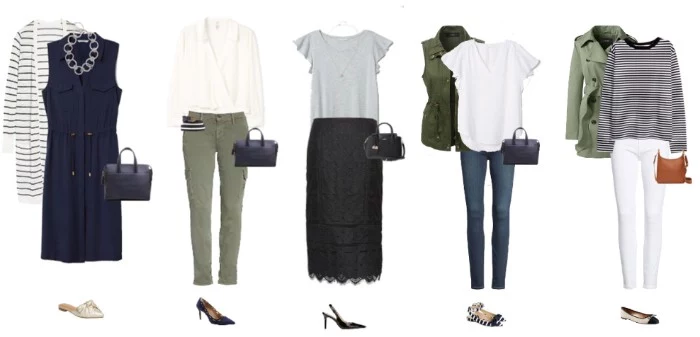
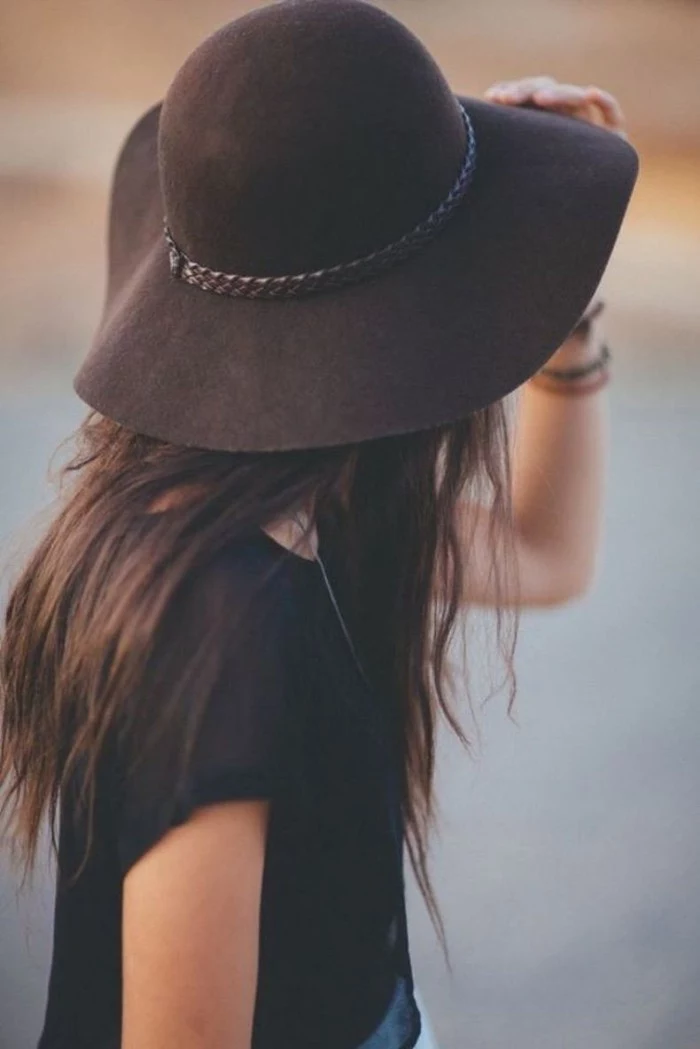
Project 333, the minimalist fashion challenge to dress with 33 items for 3 months, proved a key concept: creativity thrives within constraints.
You don’t need to be that extreme, but the lesson is valuable. A smaller, more curated selection forces you to see new combinations in your closet and discover what you truly love to wear, moving you from ‘I have nothing to wear’ to ‘I have so many options’.
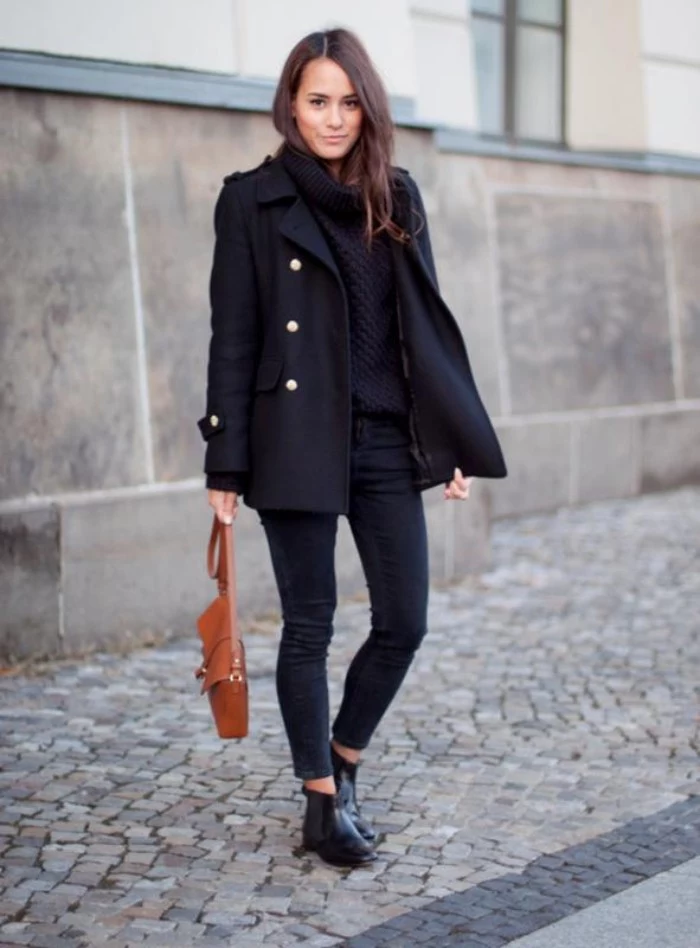

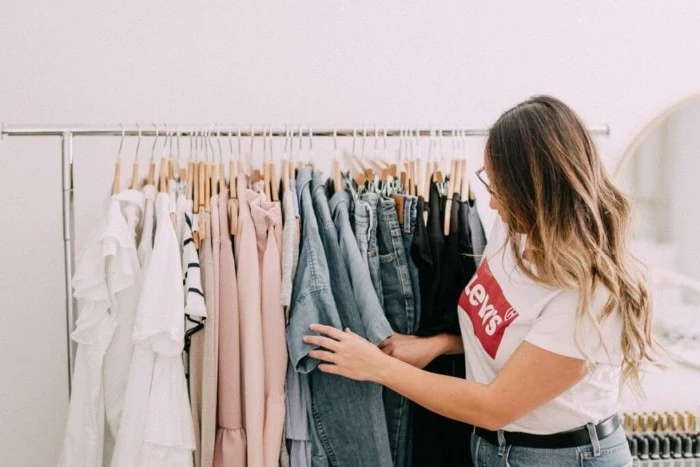
The power of the third piece. A simple top and bottom can feel like just clothes, but adding a third element—a blazer, a cardigan, a denim jacket, or a vest—instantly transforms it into an ‘outfit’. It’s the fastest way to look more polished and put-together with minimal effort.
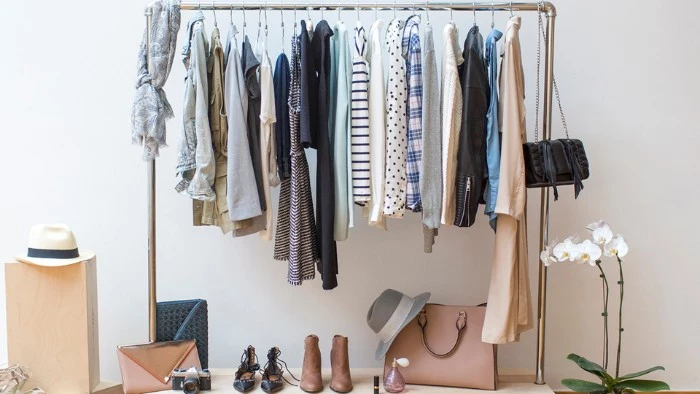
One key to success: Take photos of your favorite outfits. On a morning when you feel uninspired or are short on time, just scroll through your own personal lookbook. It’s a two-minute solution that eliminates decision fatigue and reminds you of the winning combinations you’ve already created.










